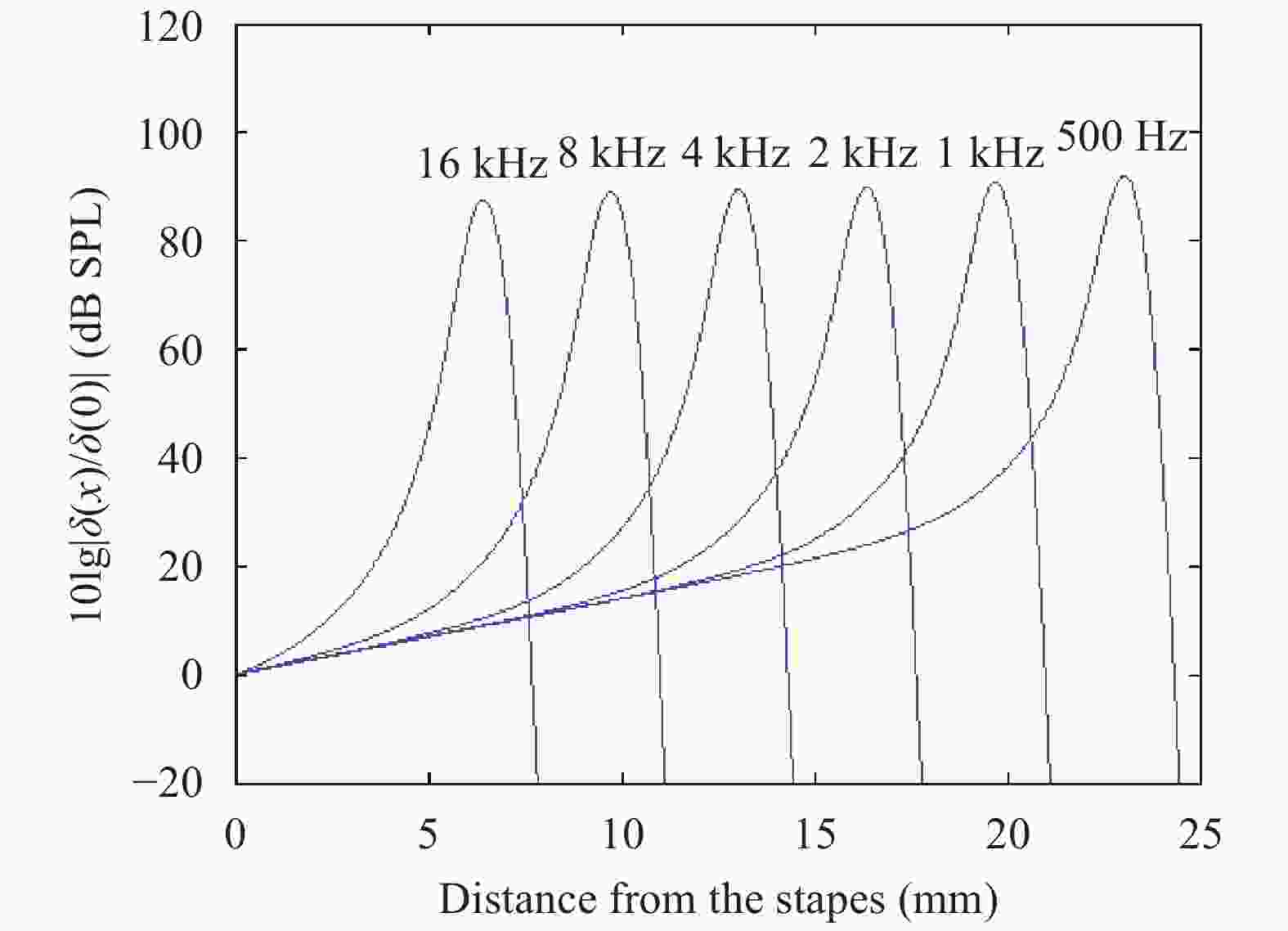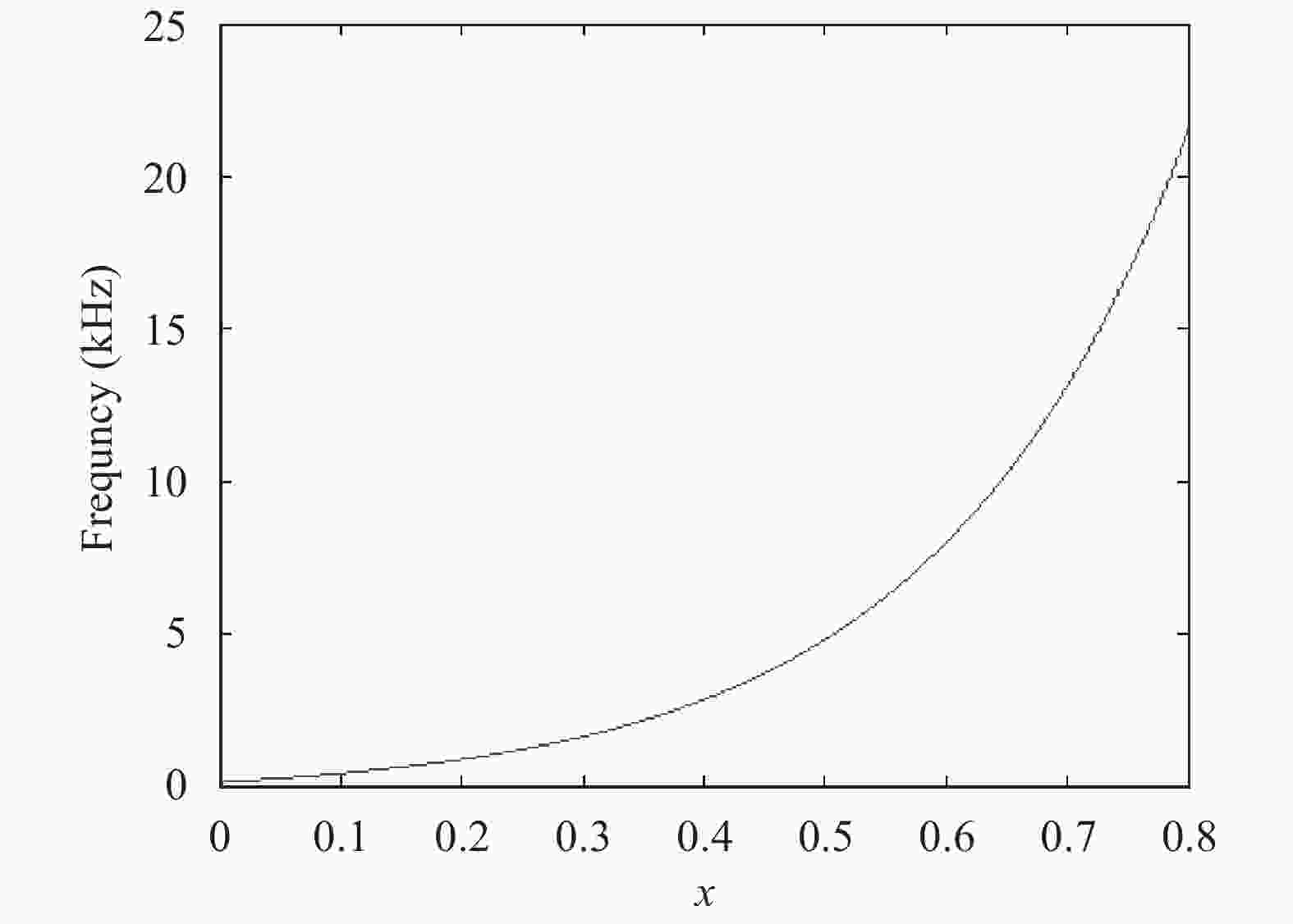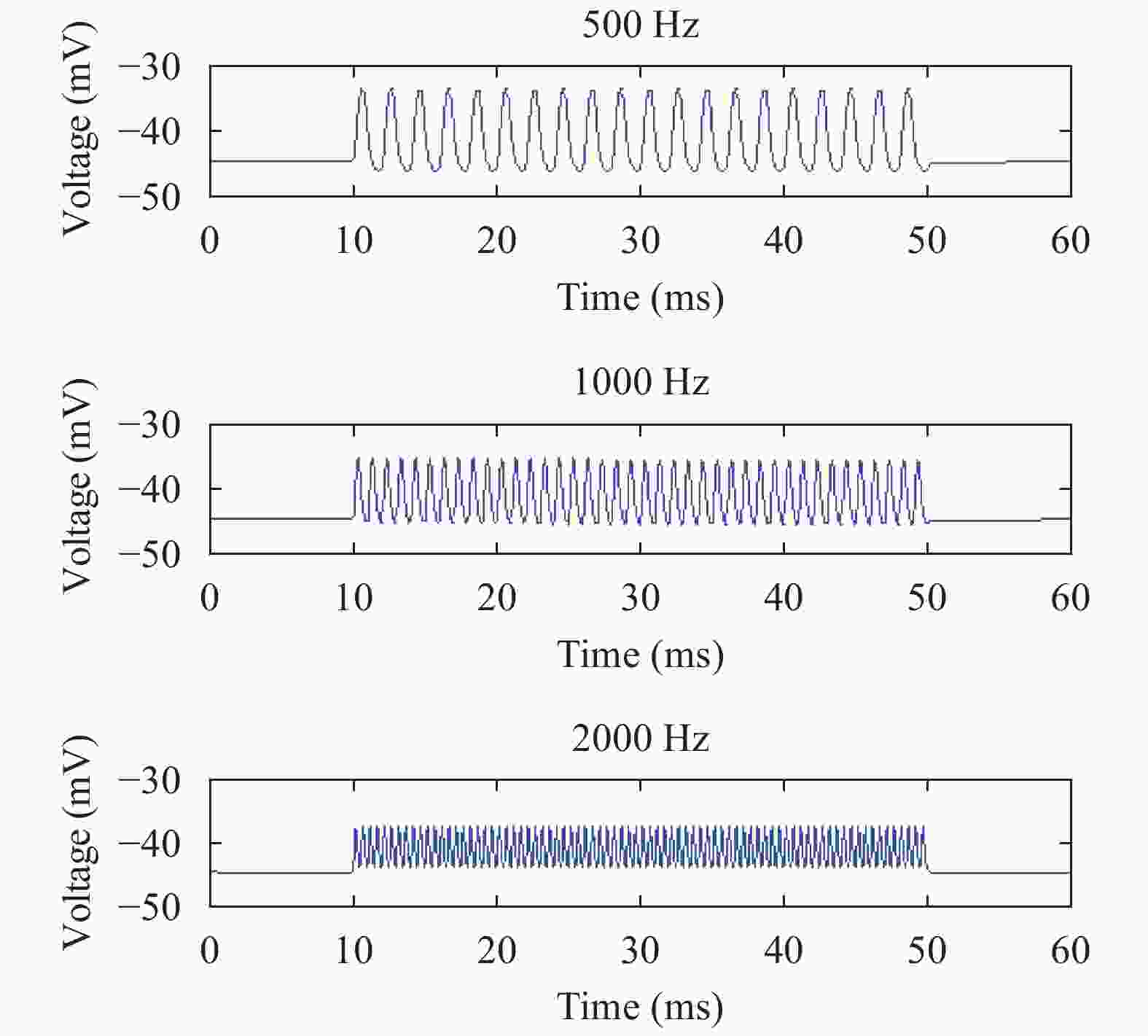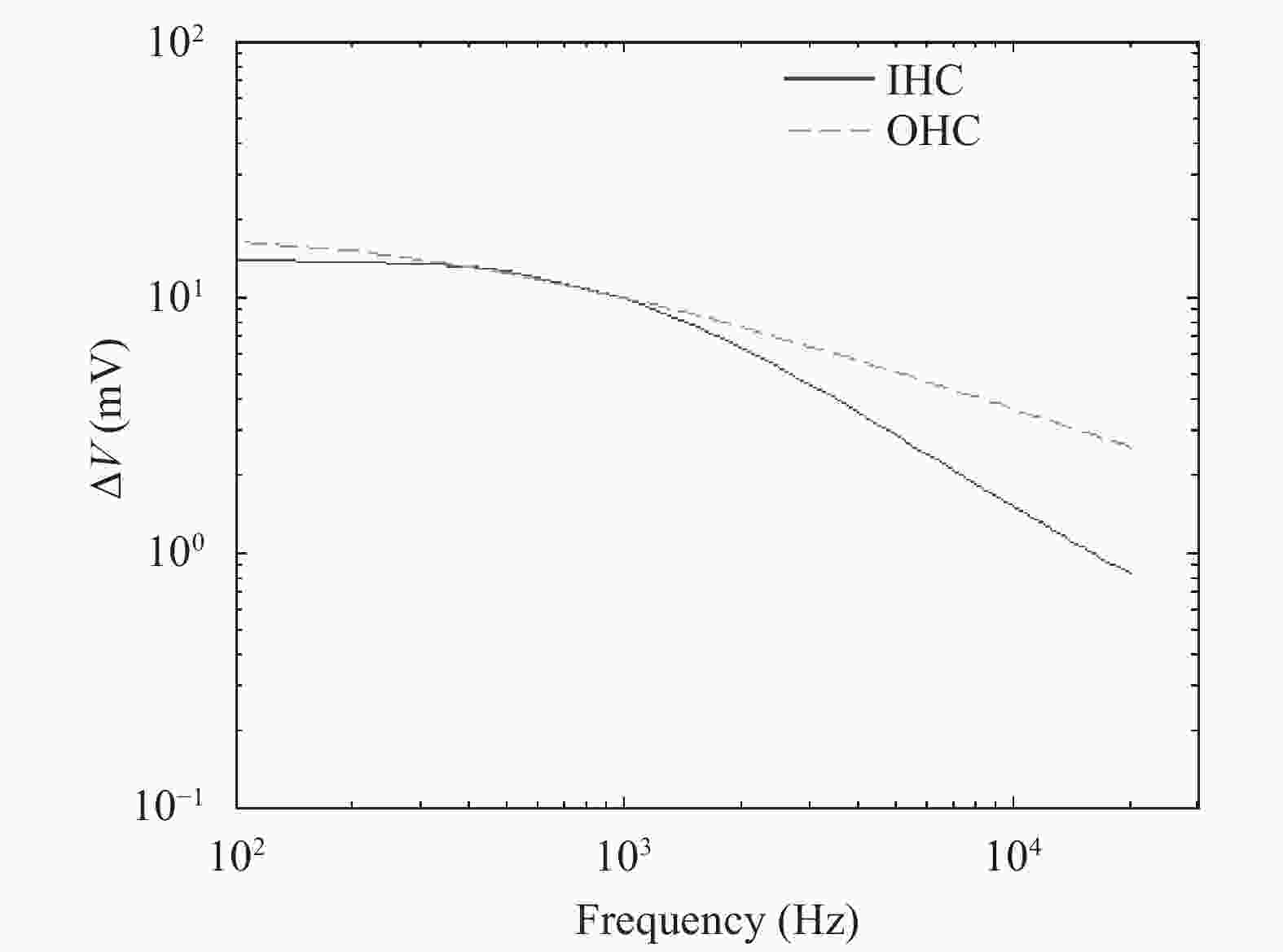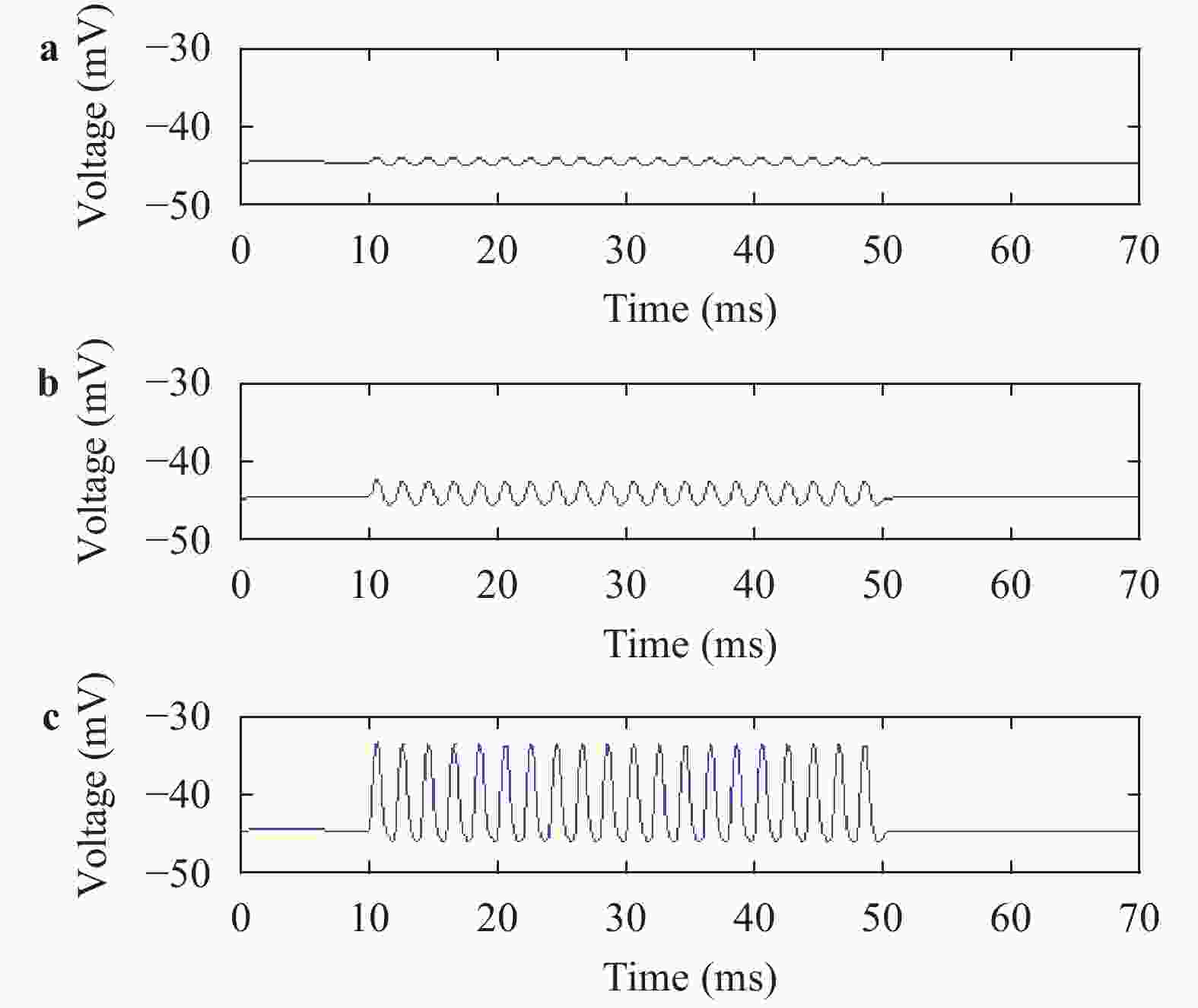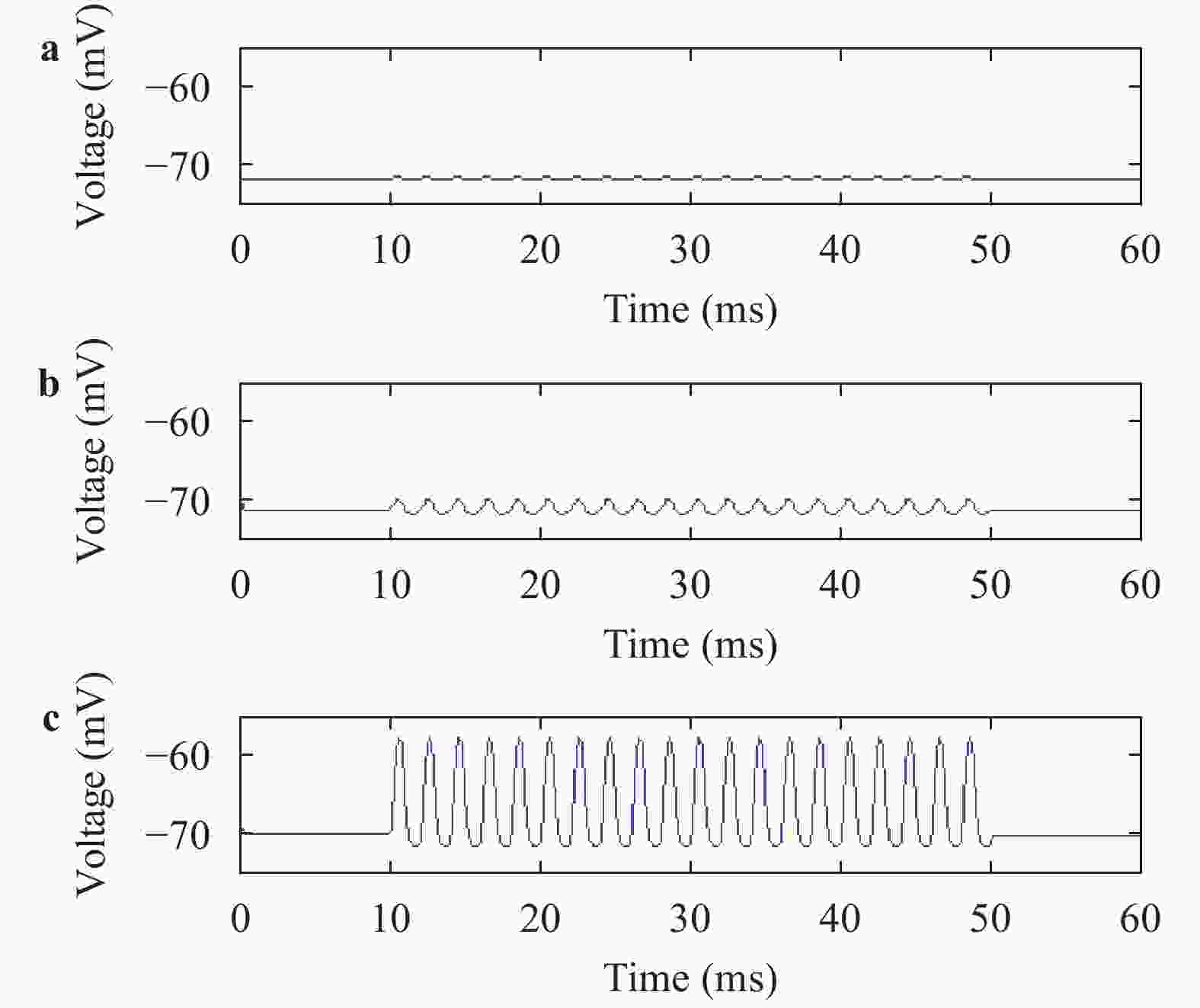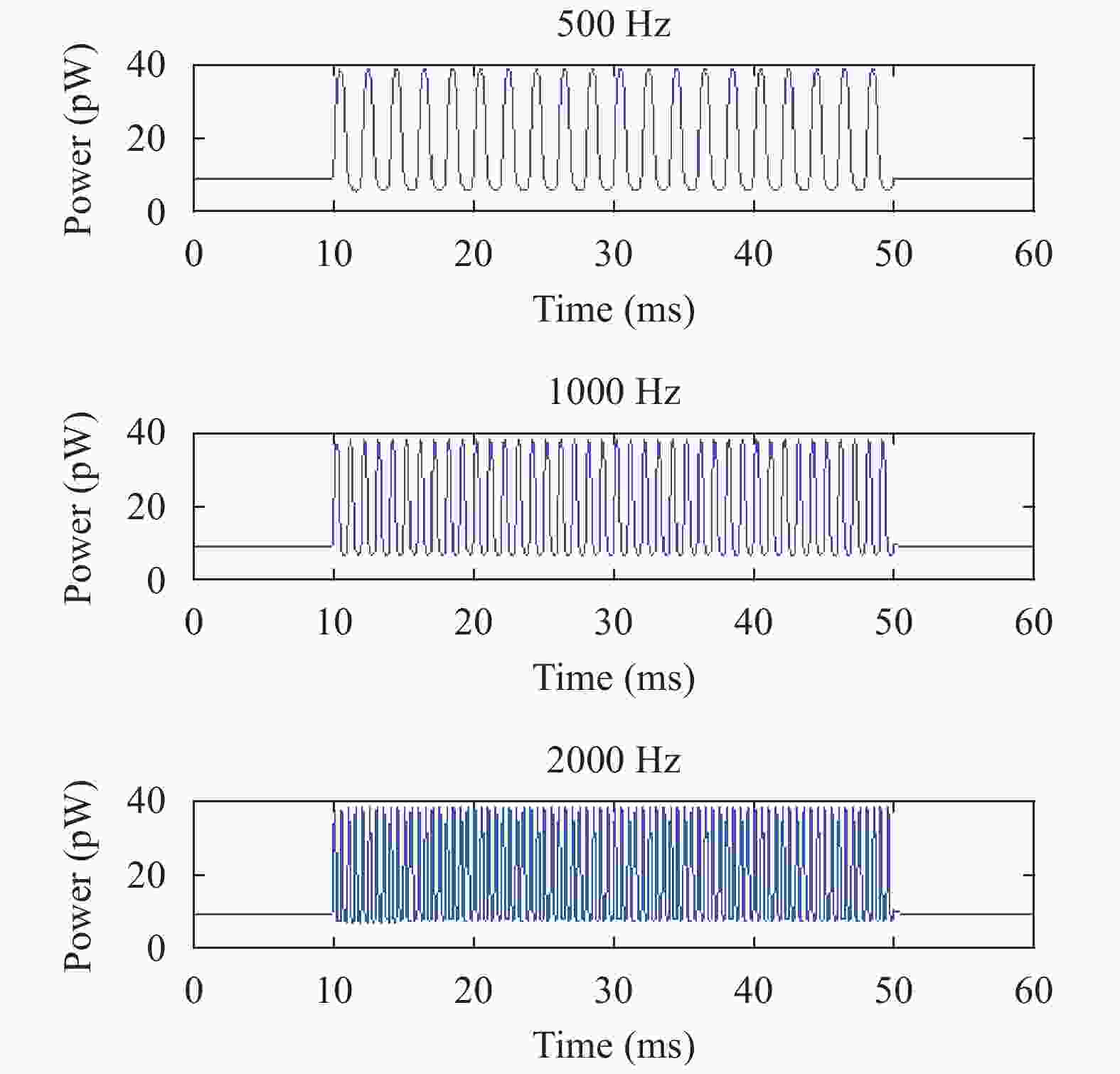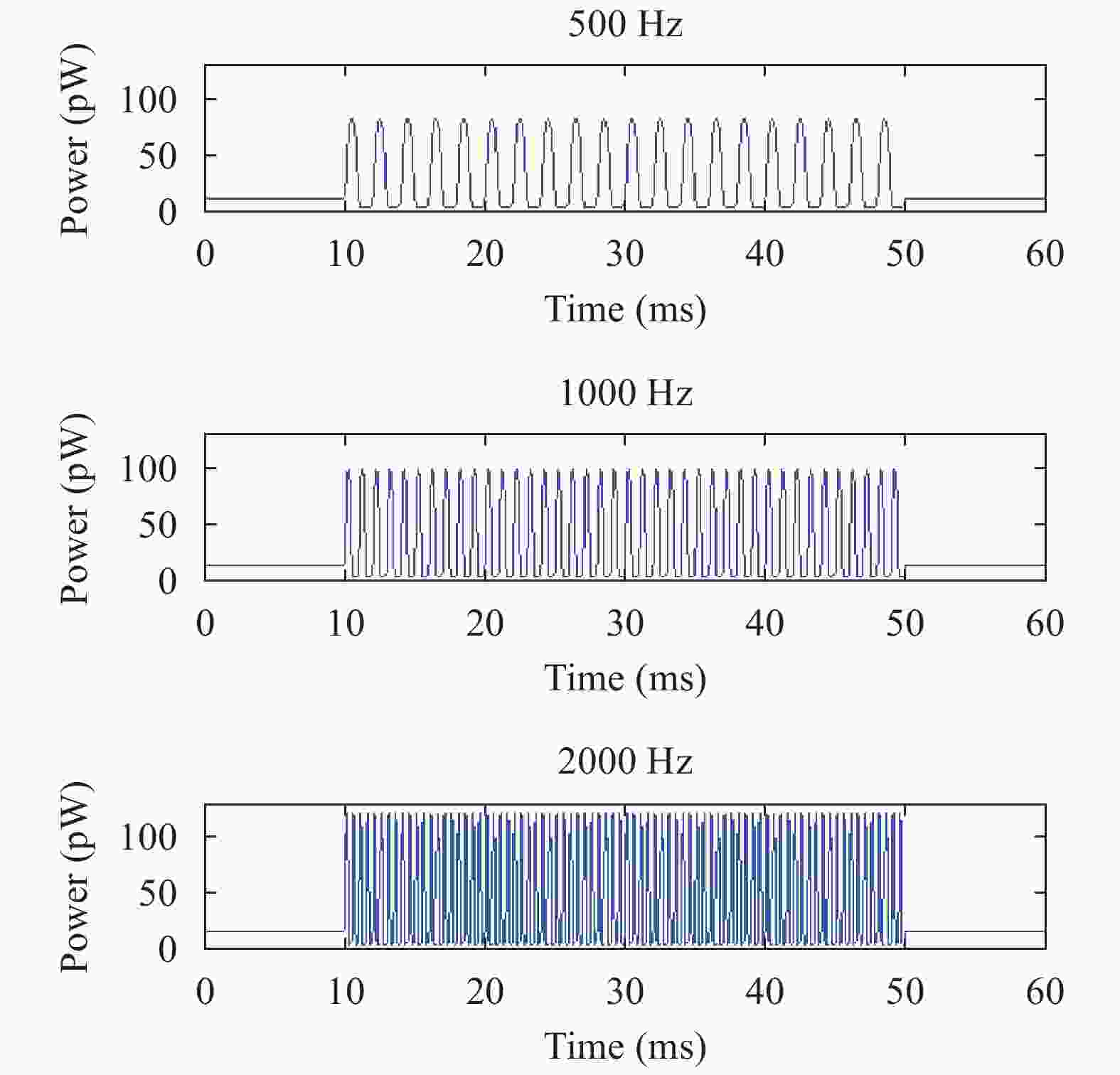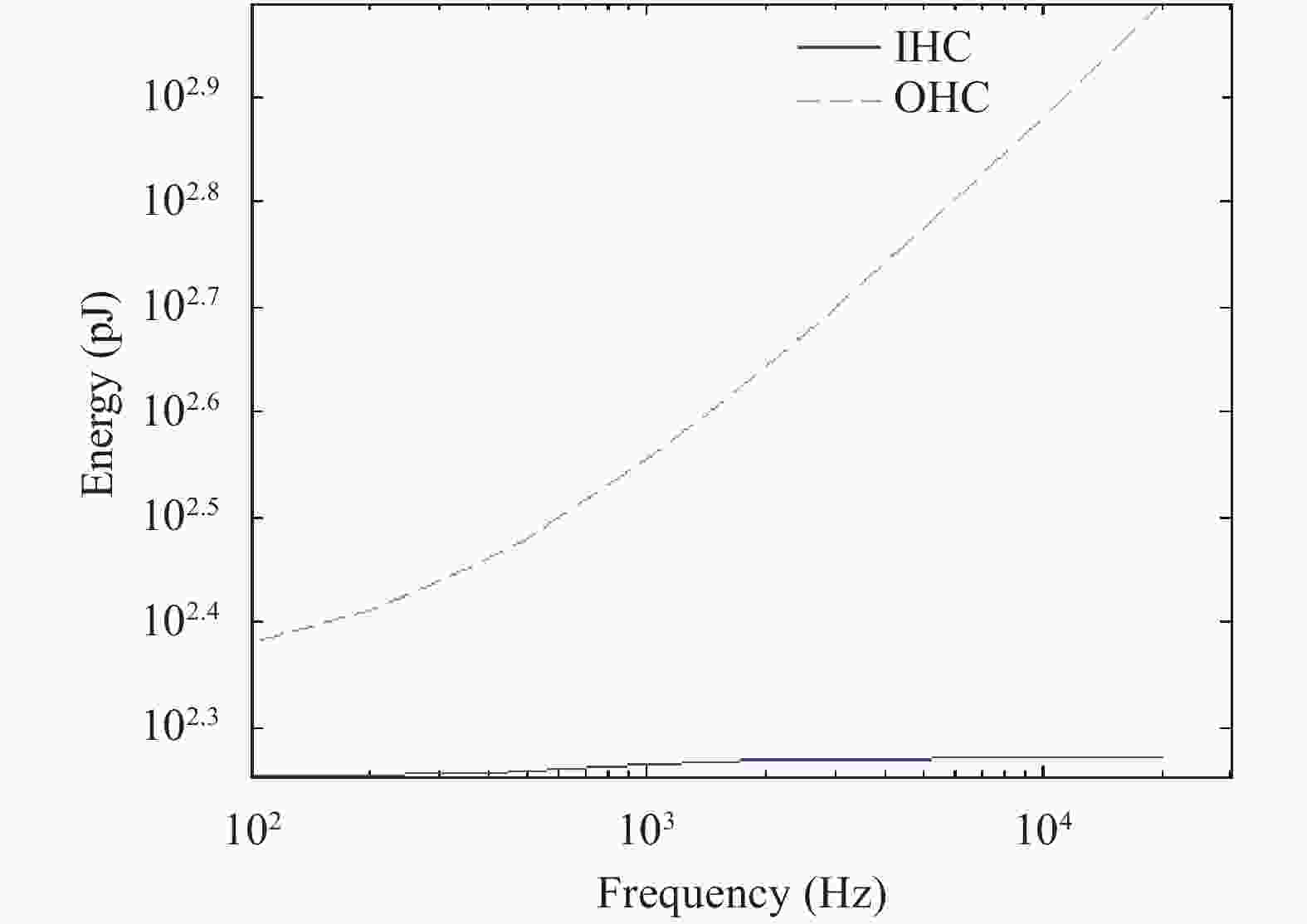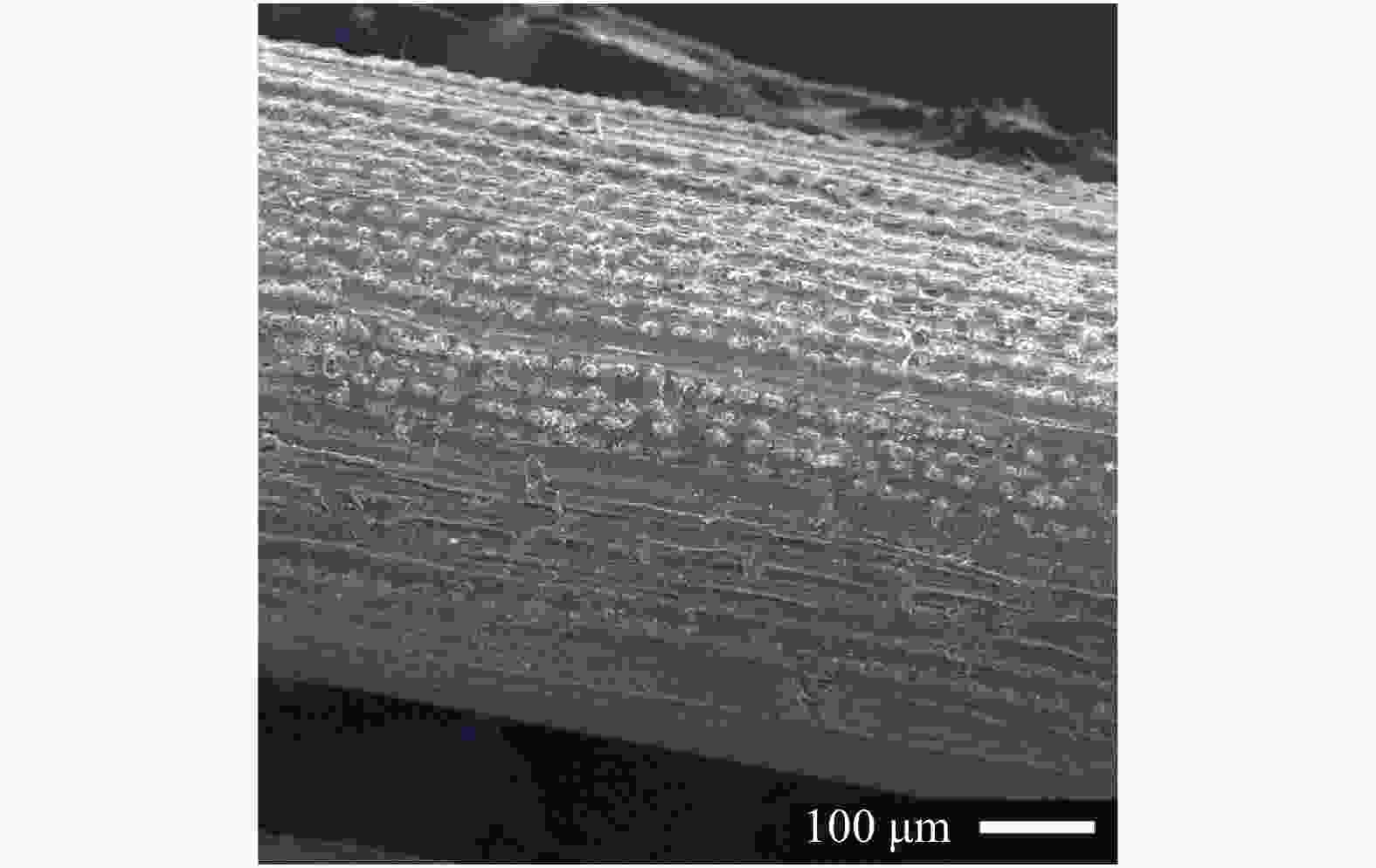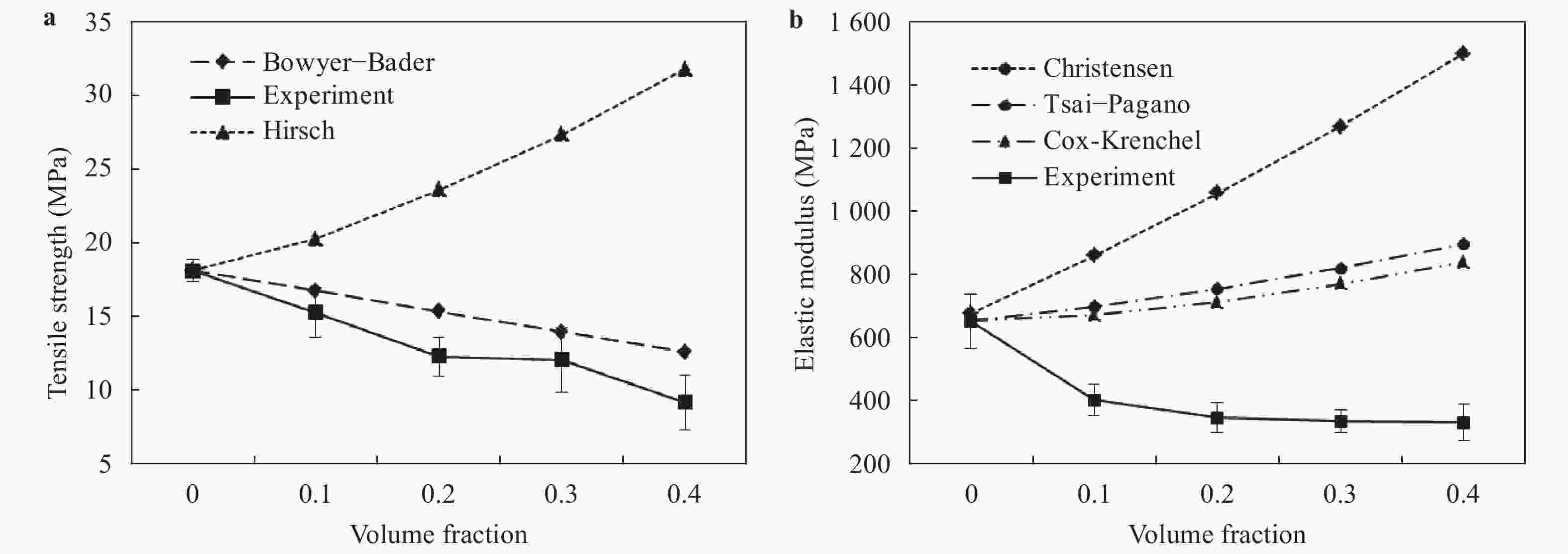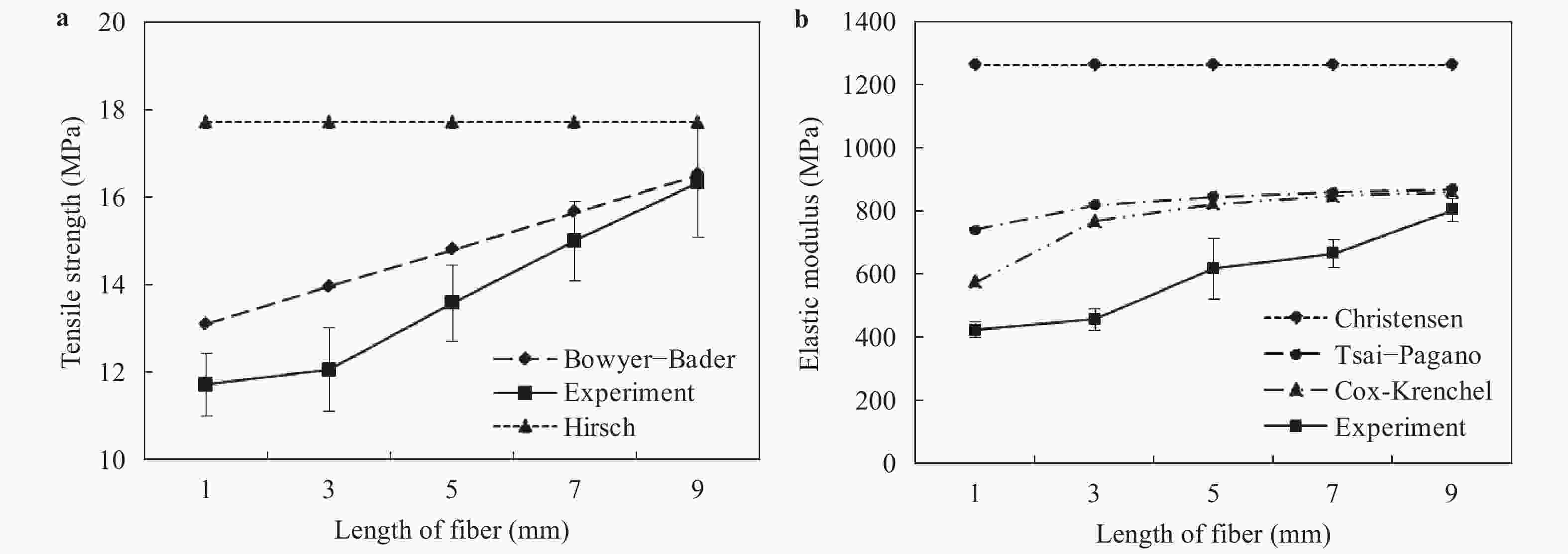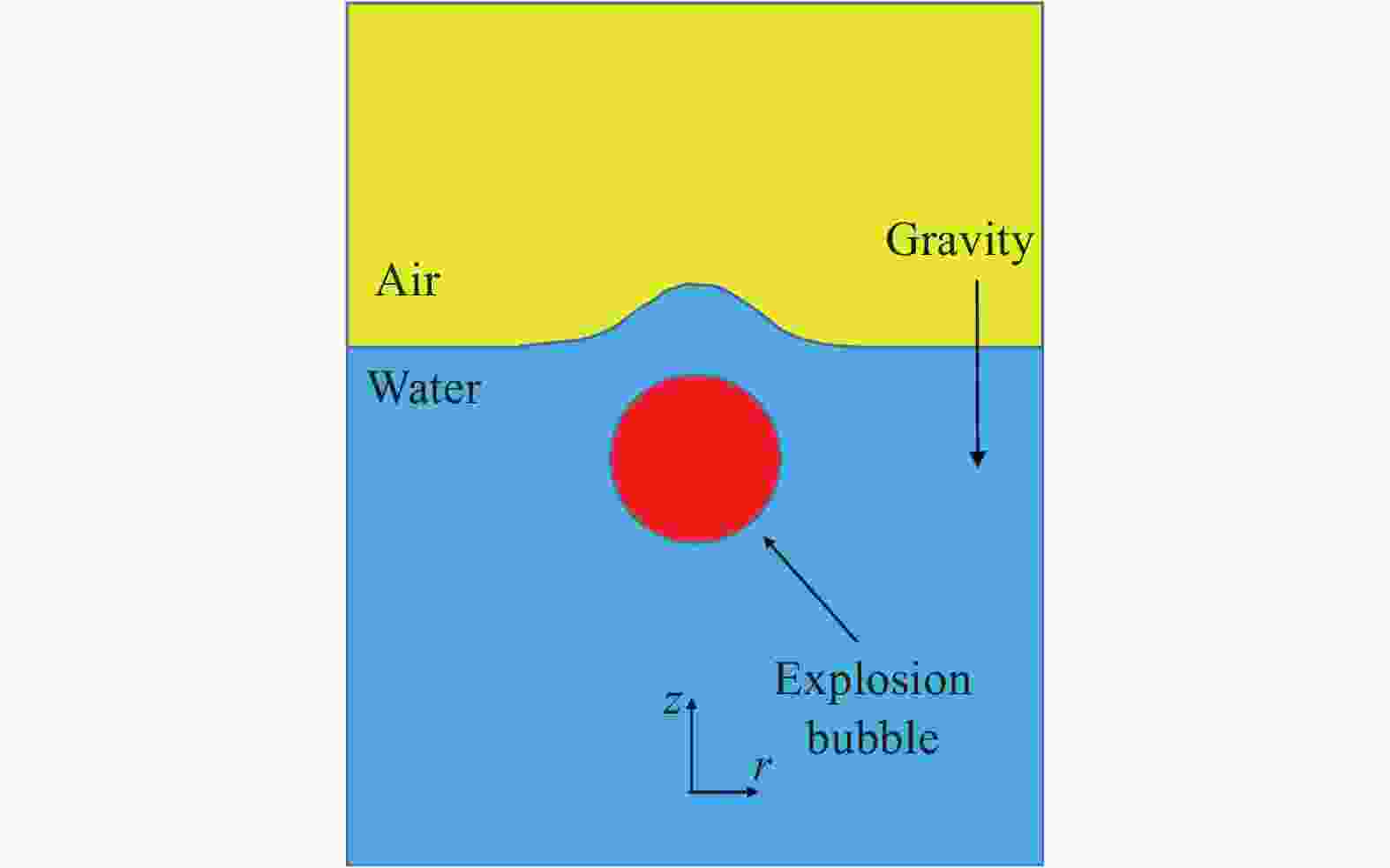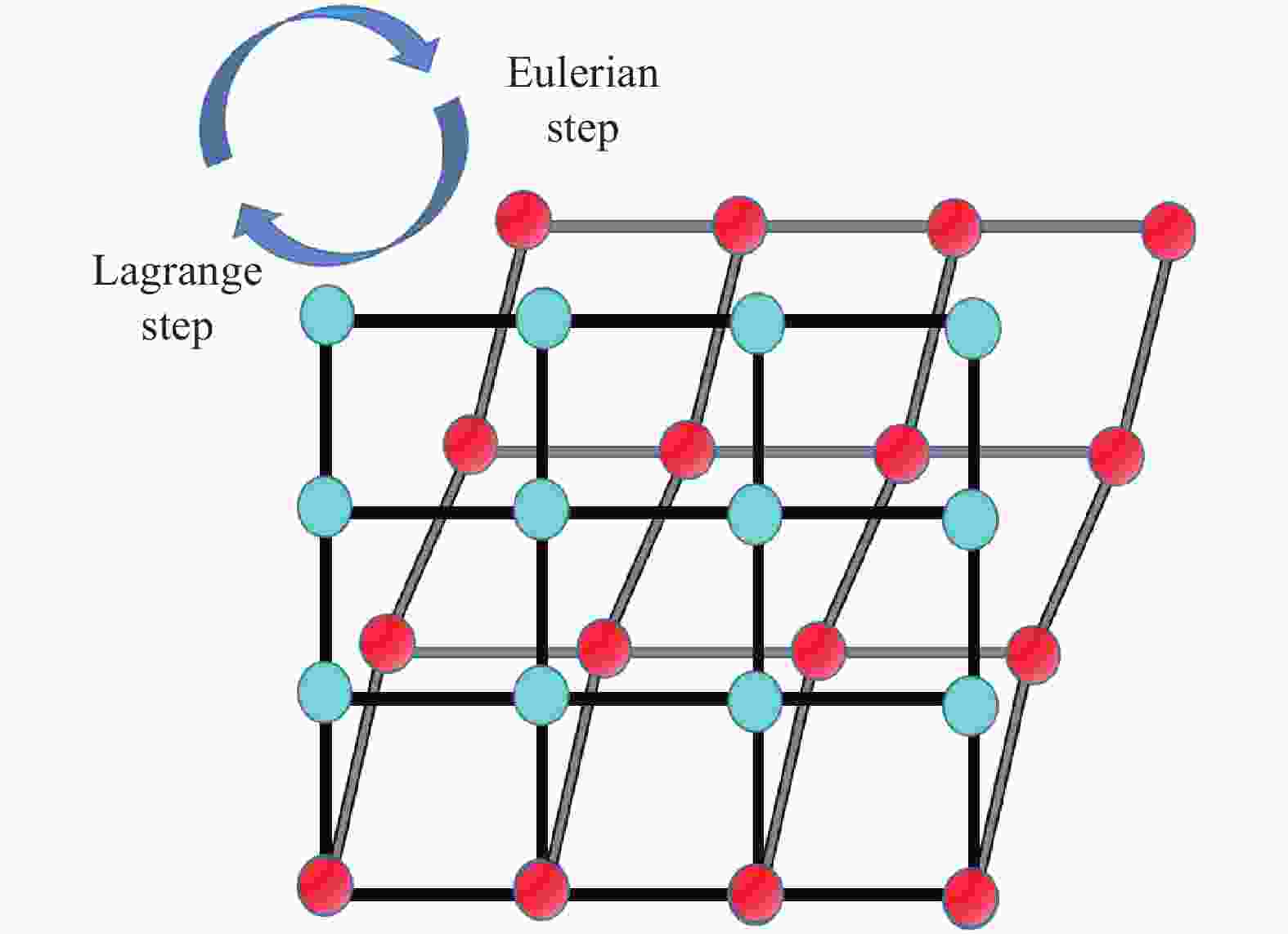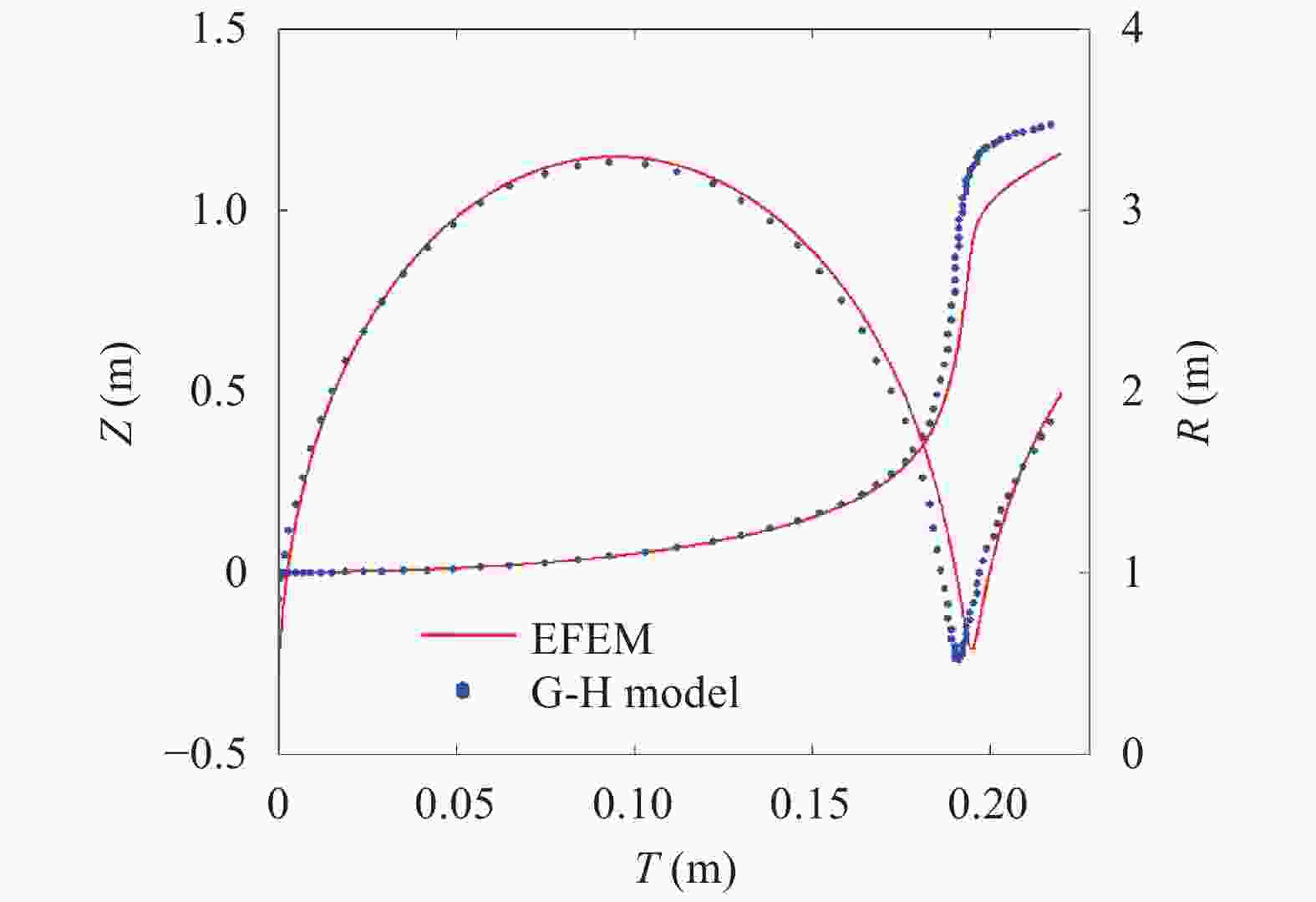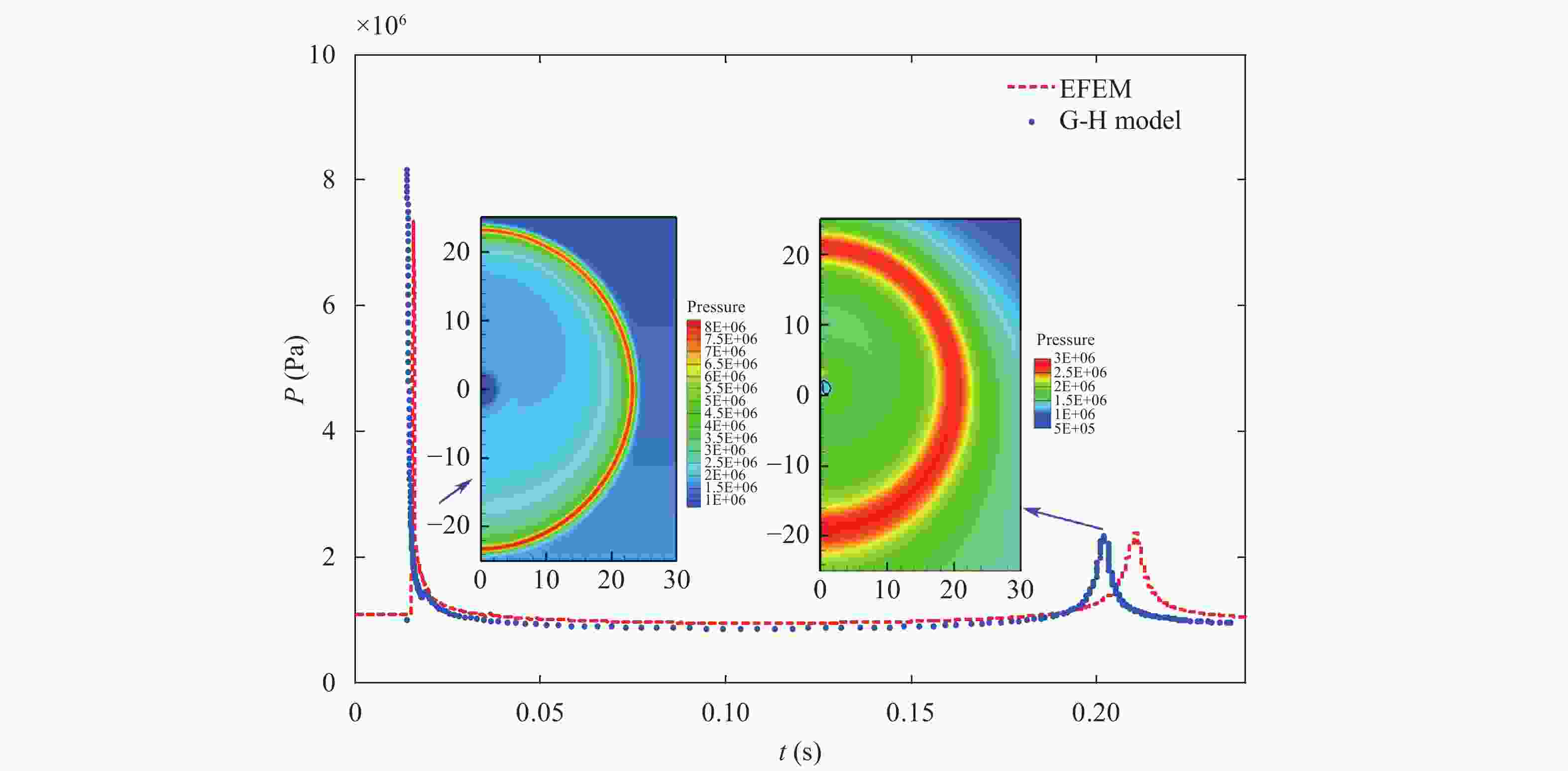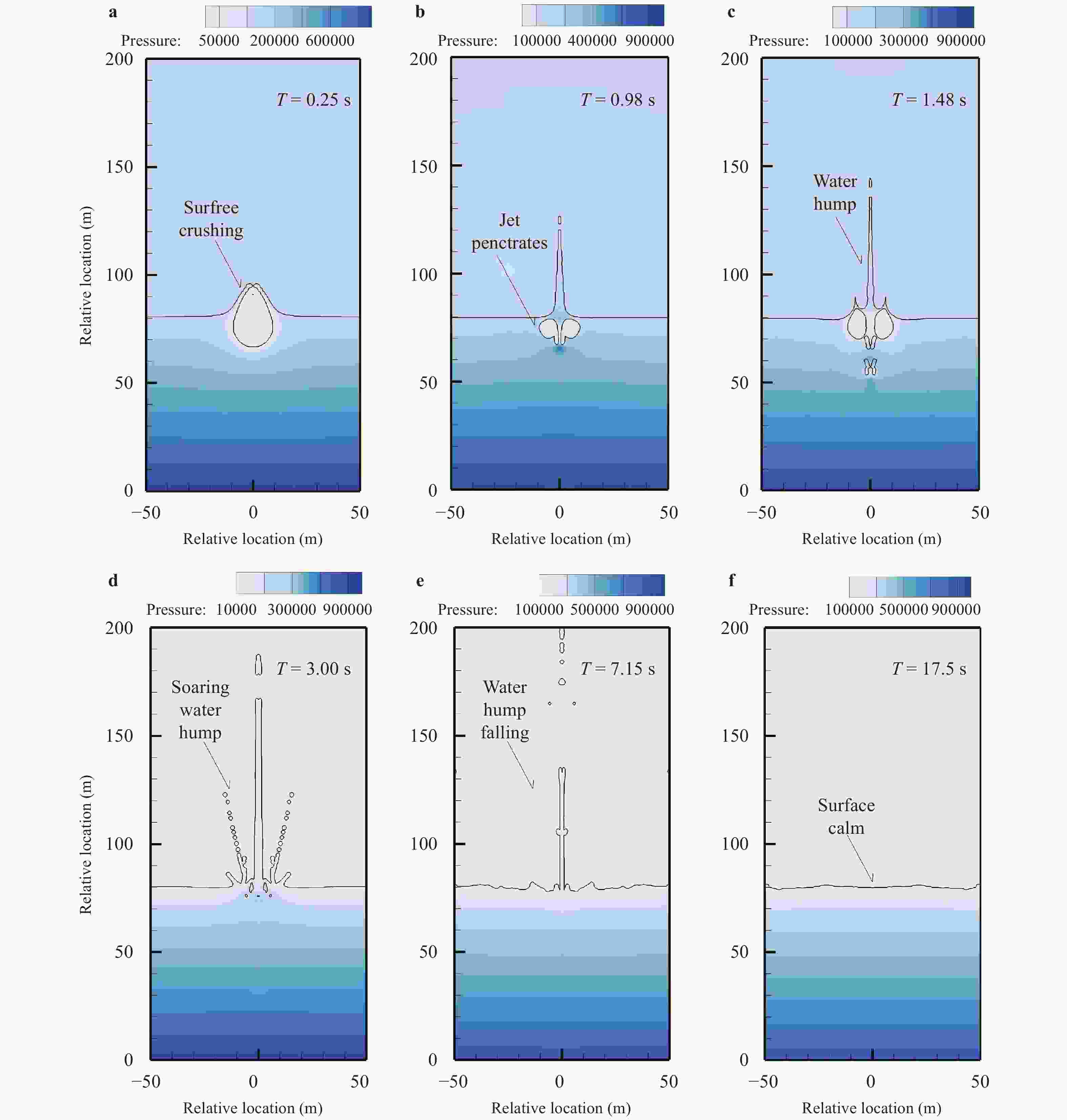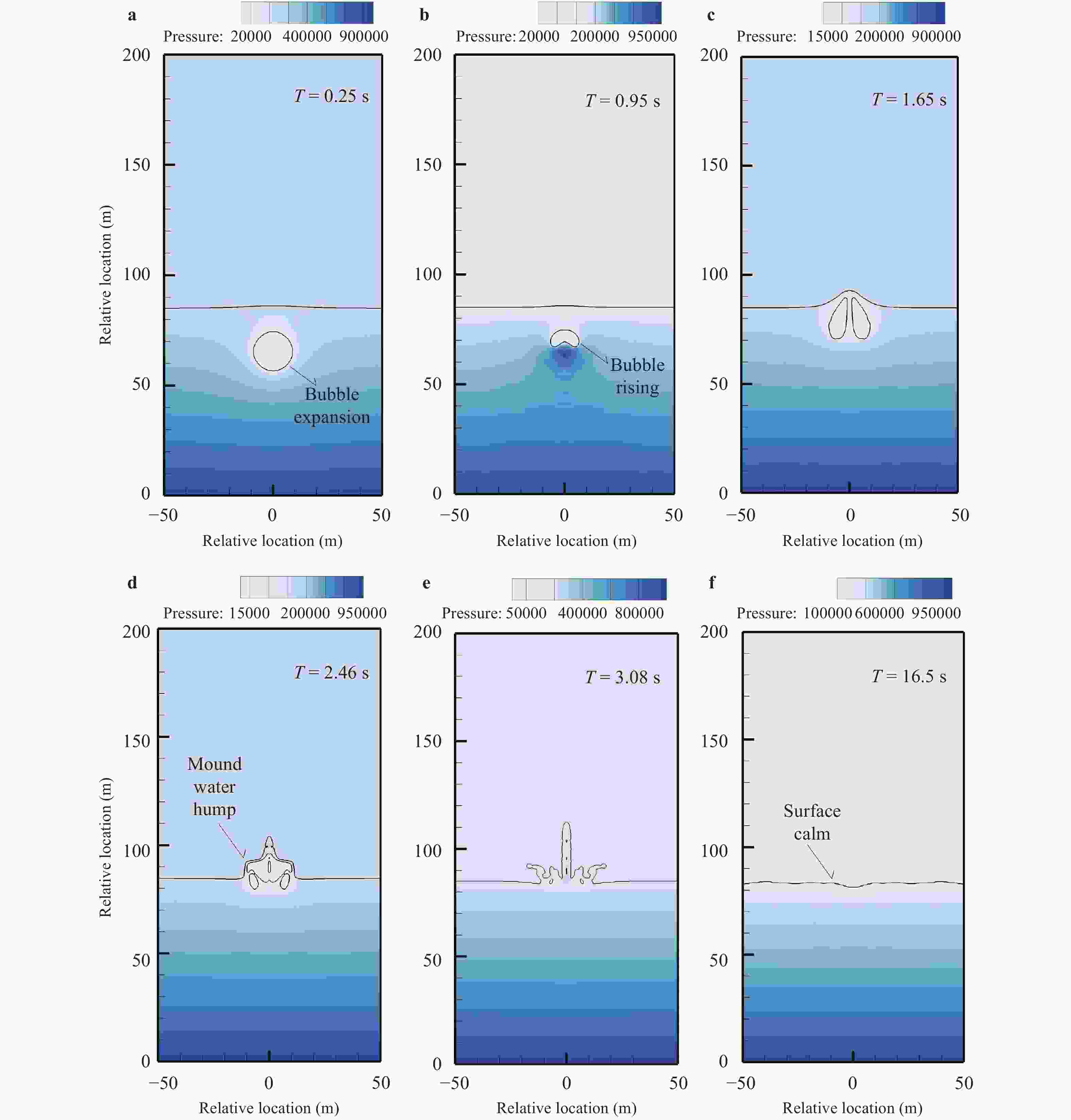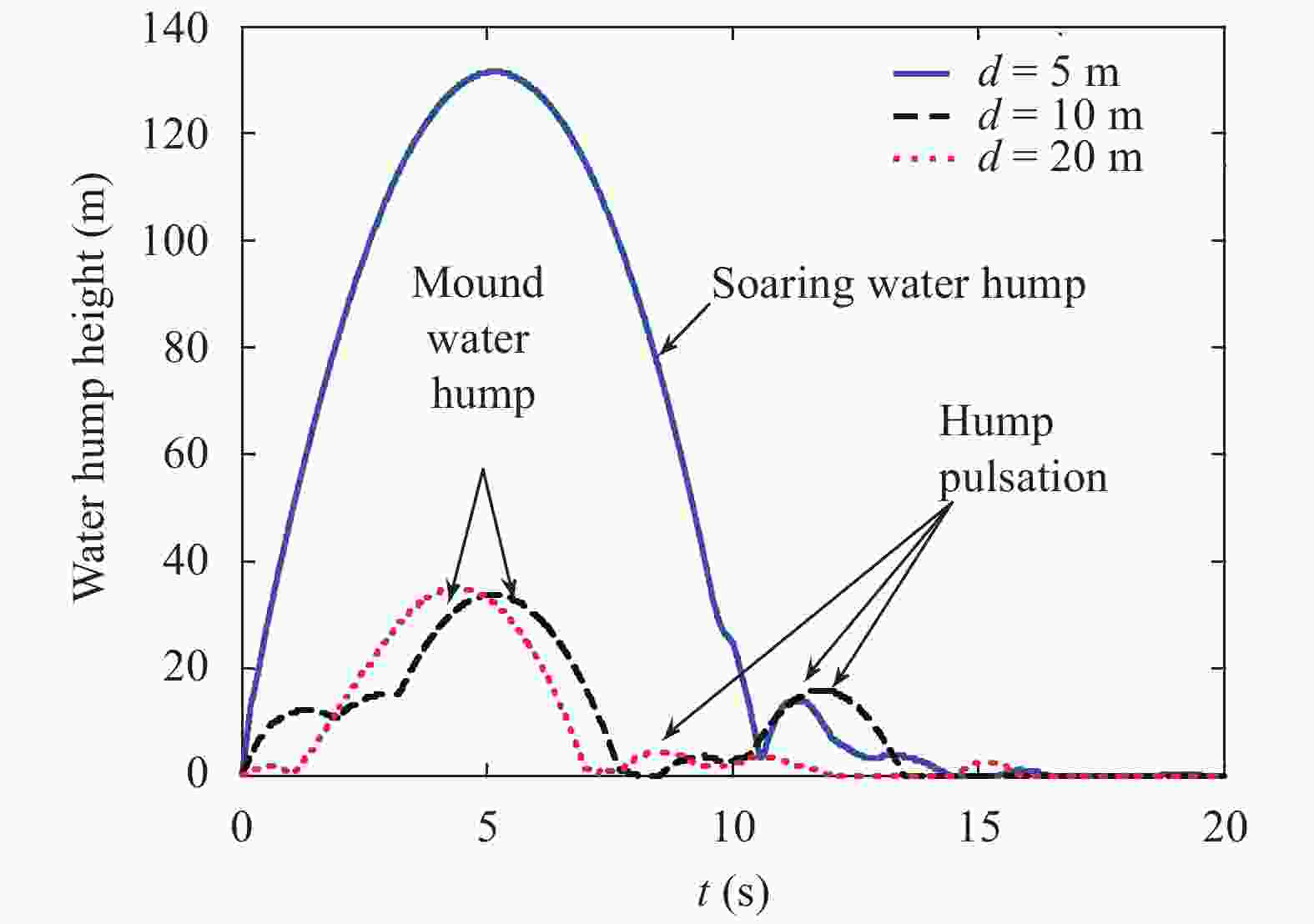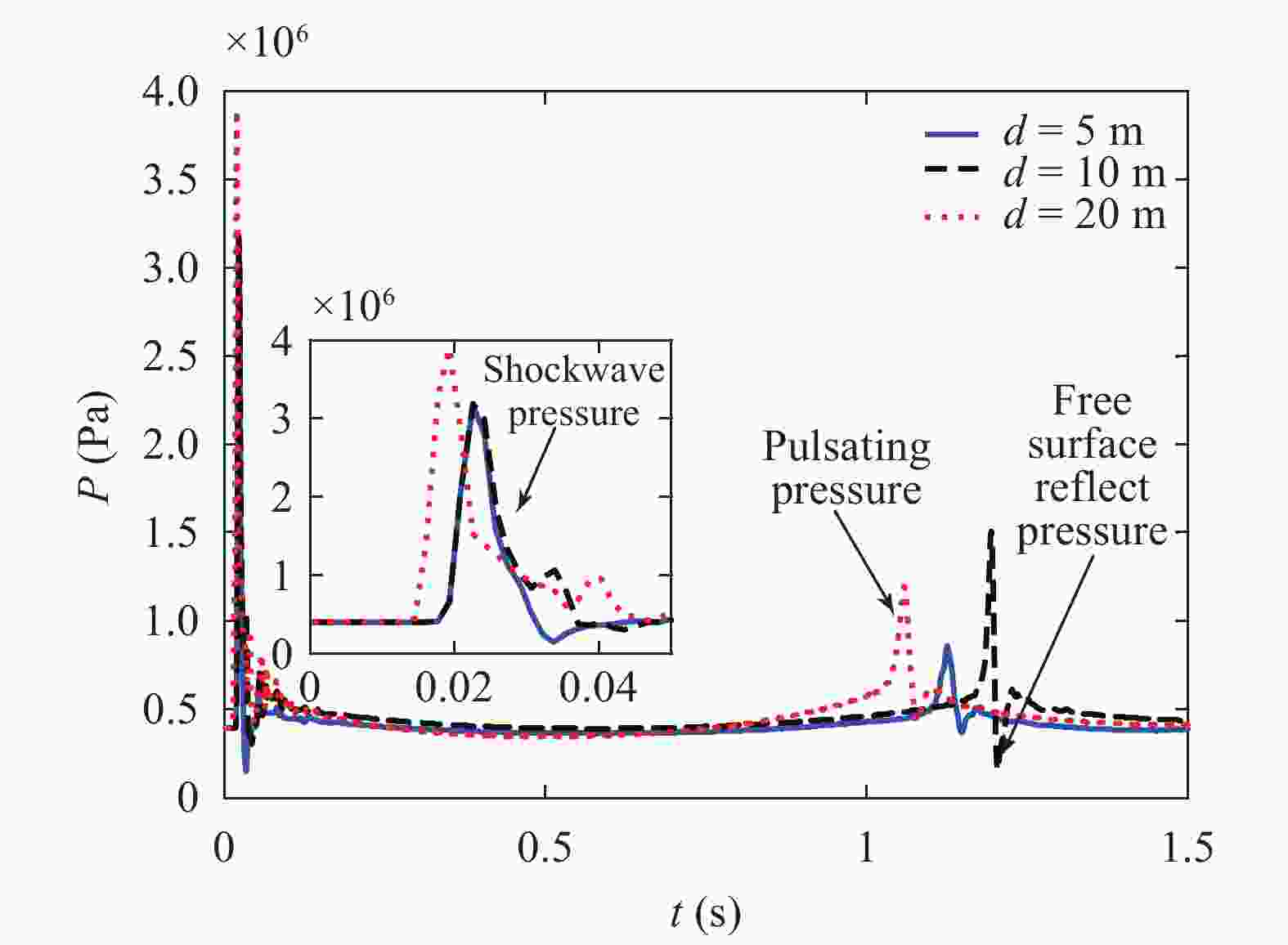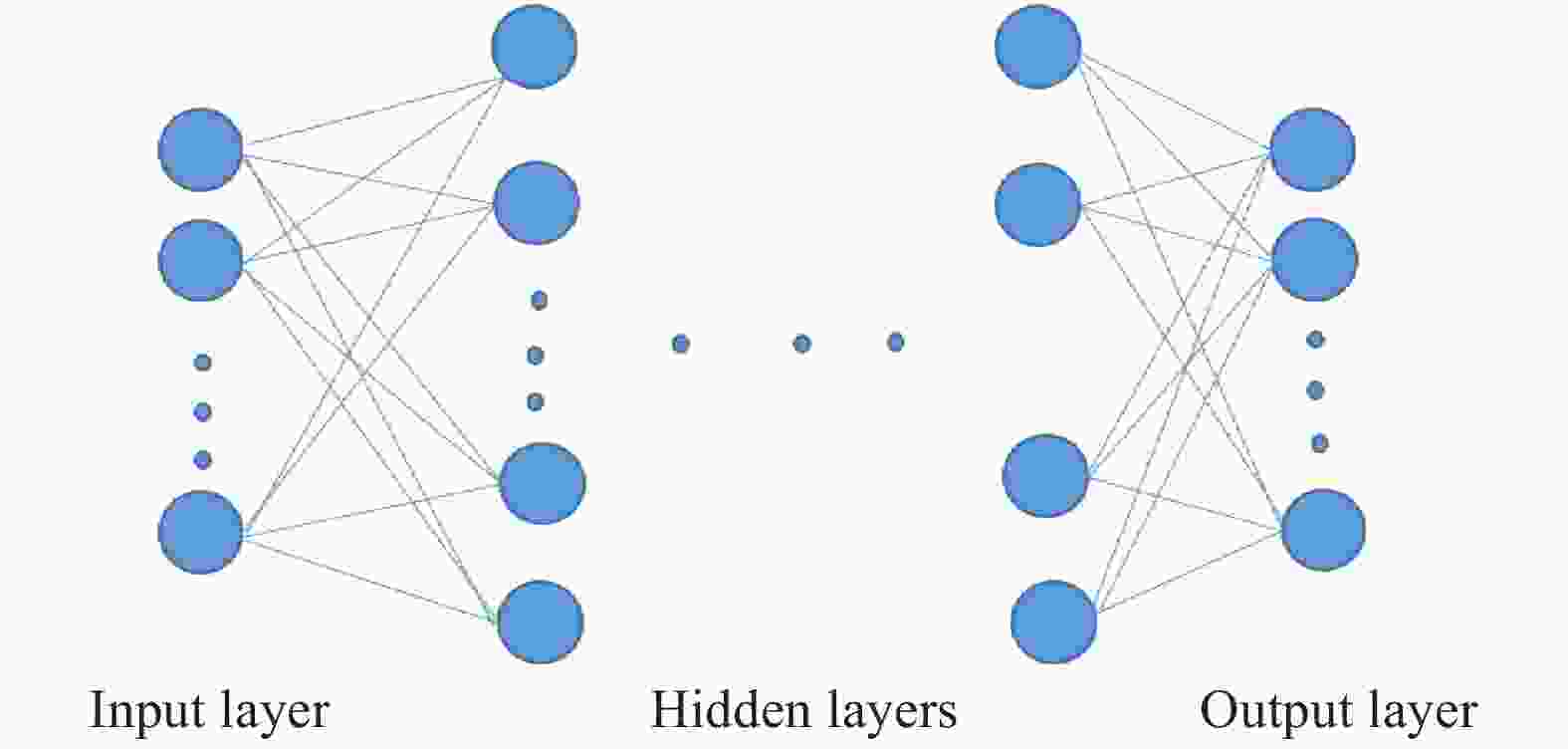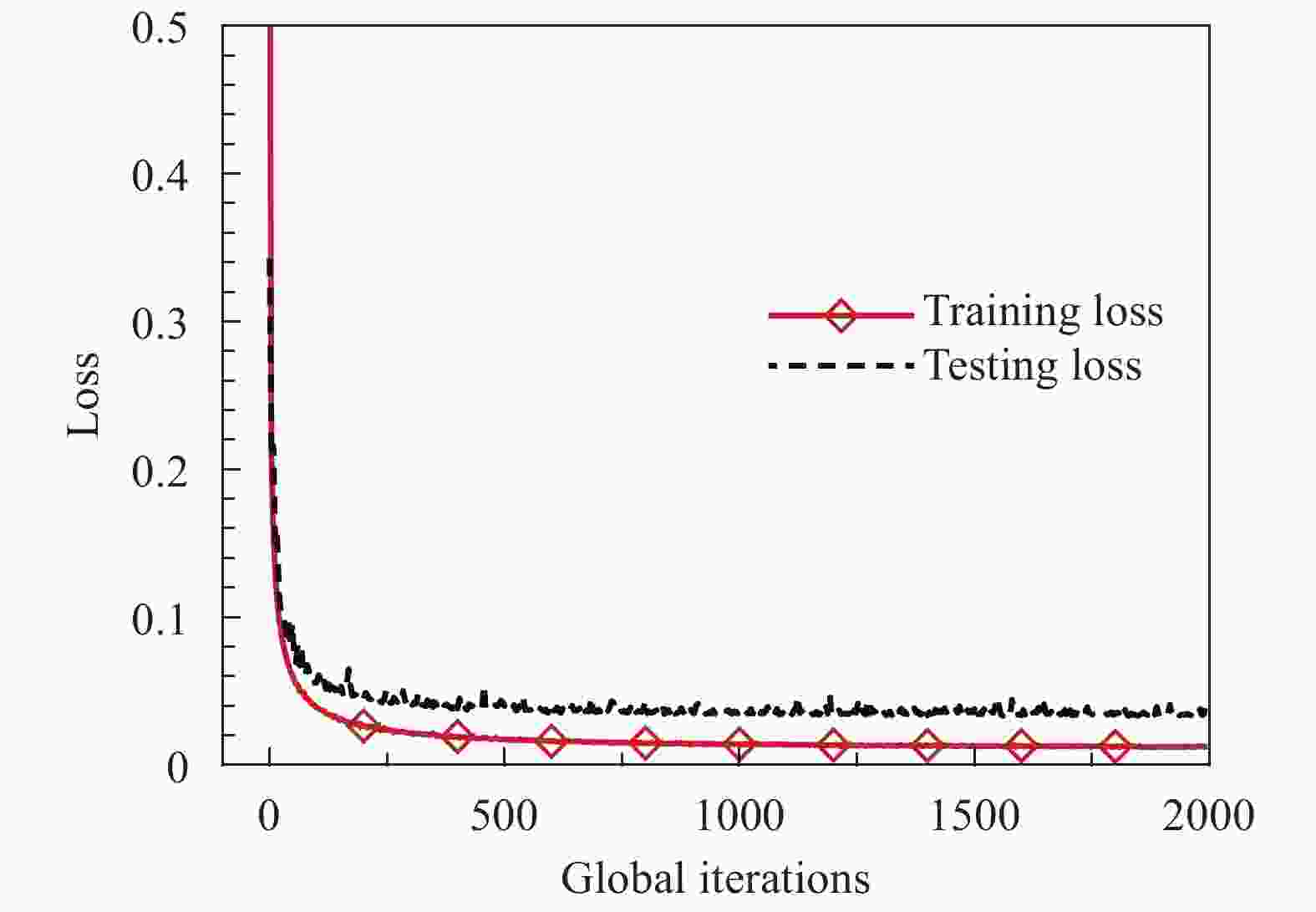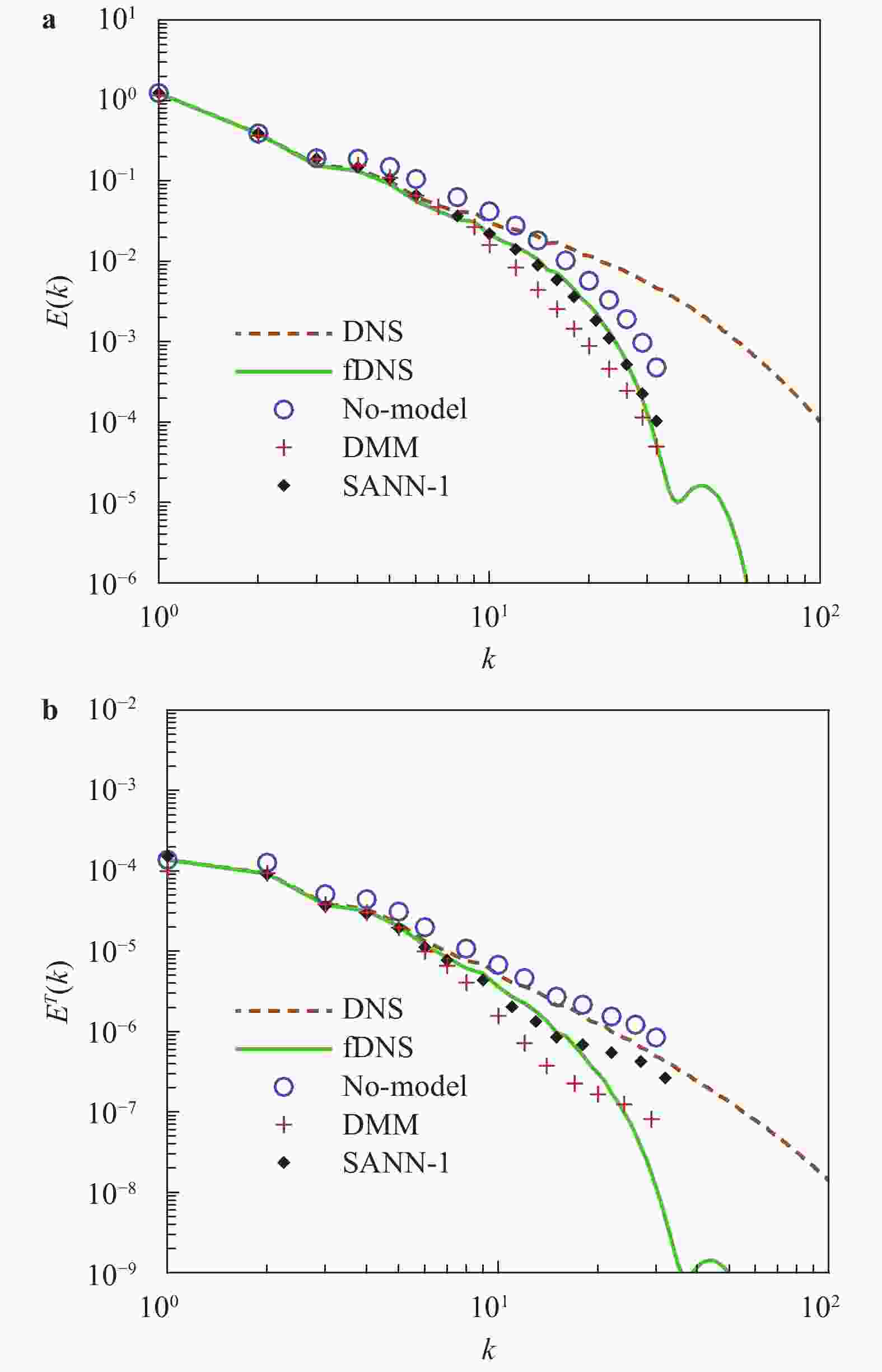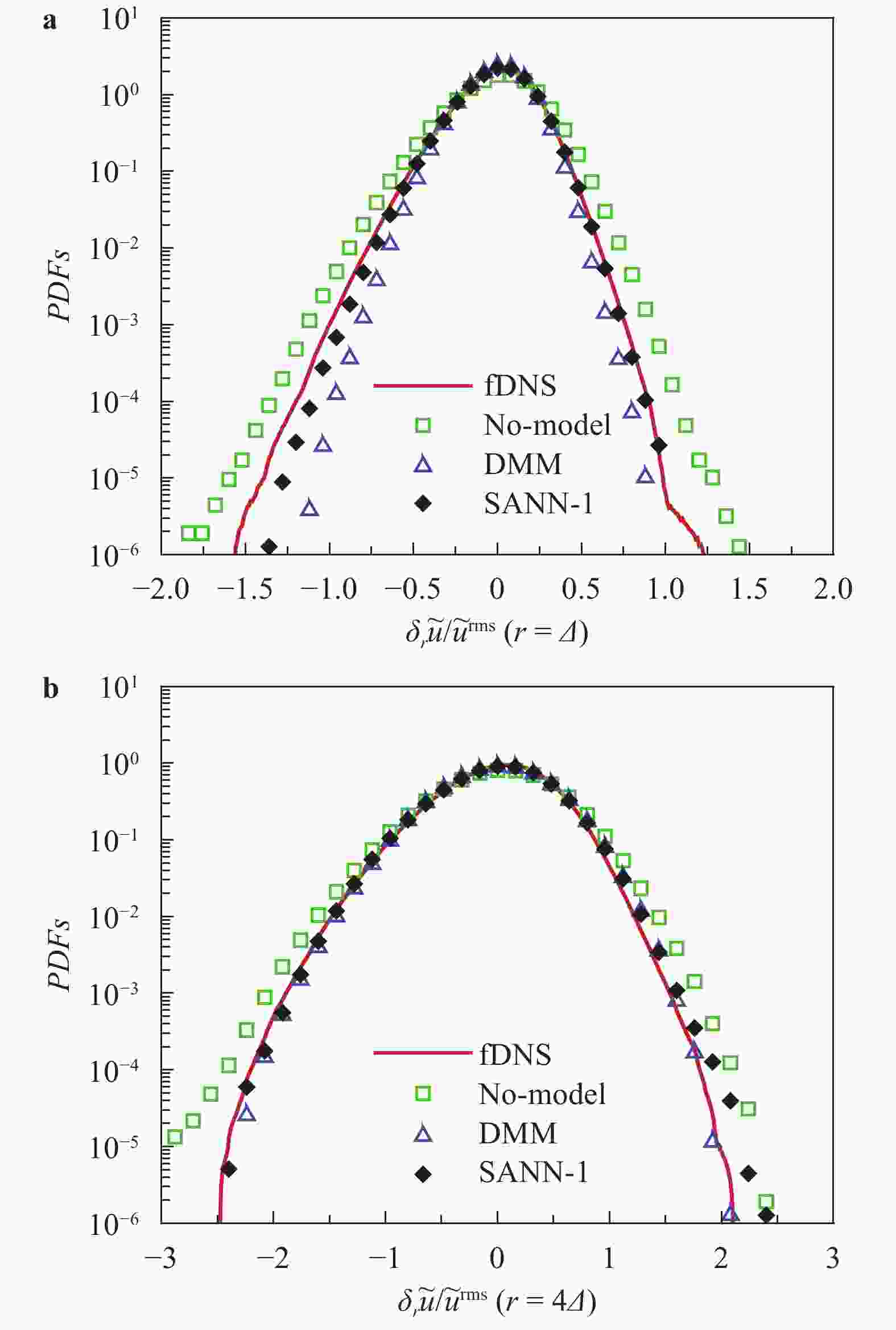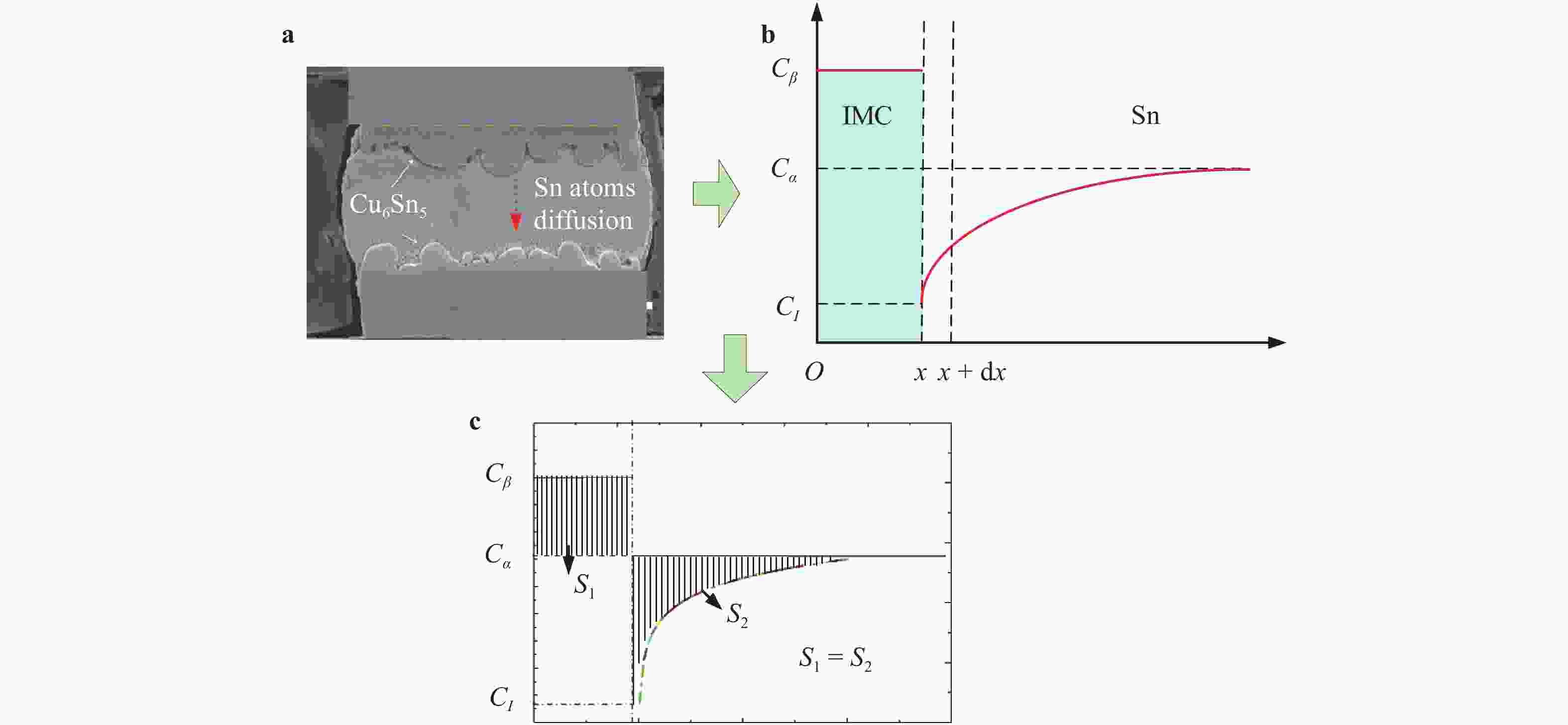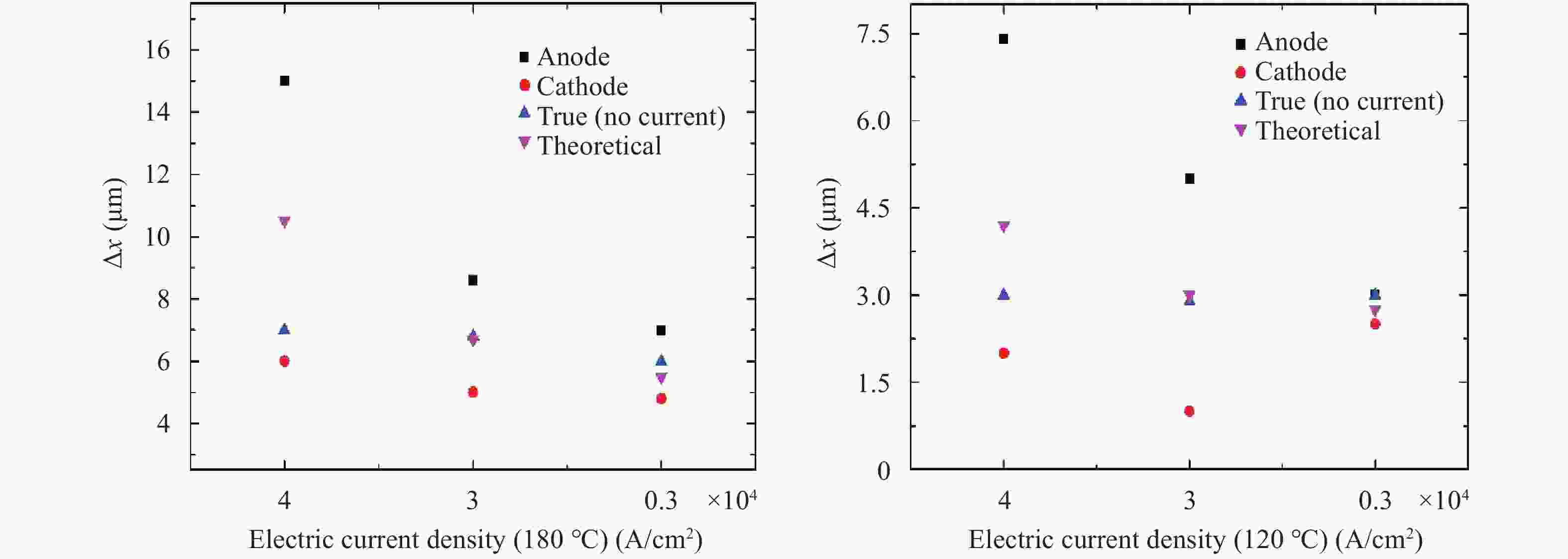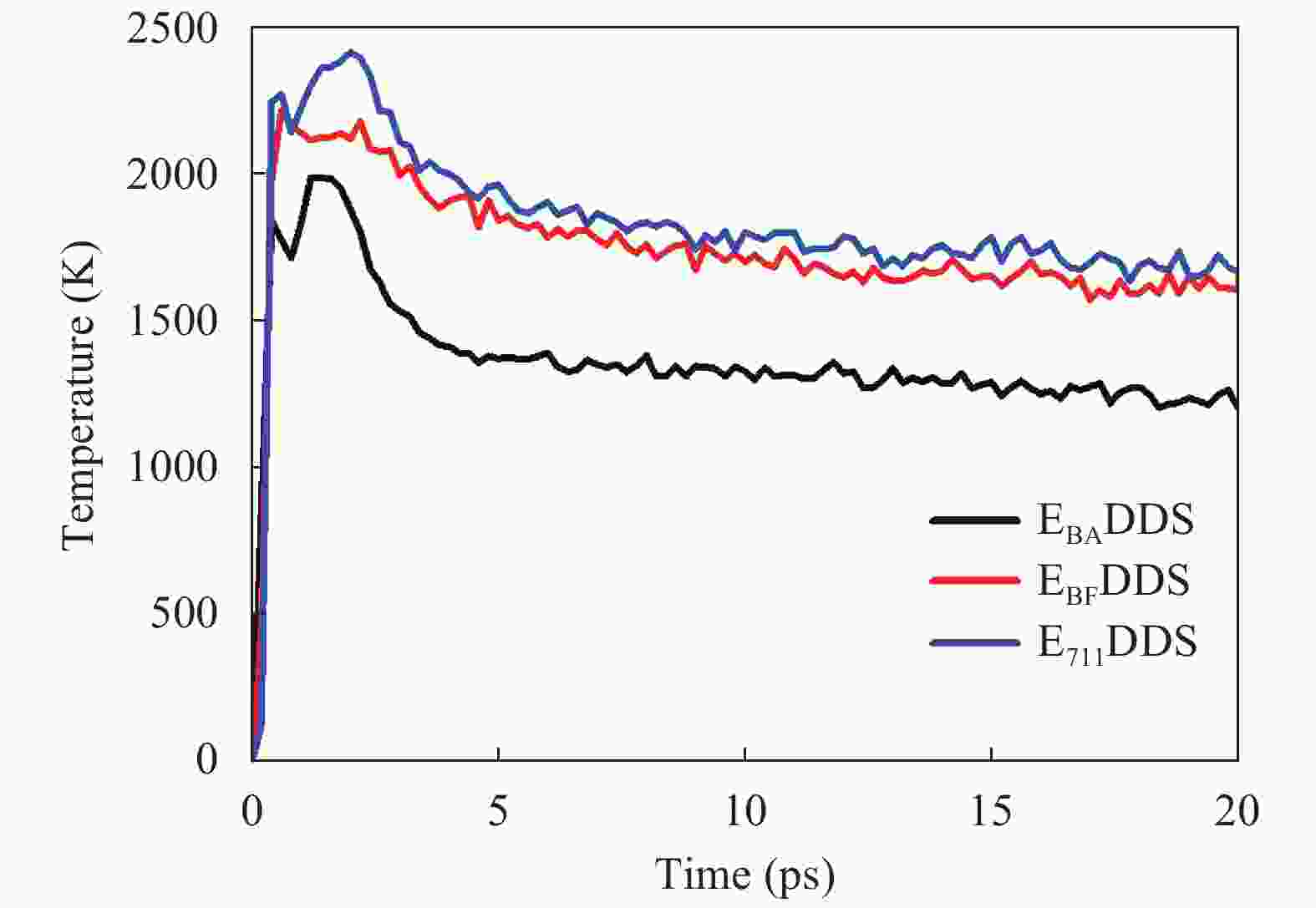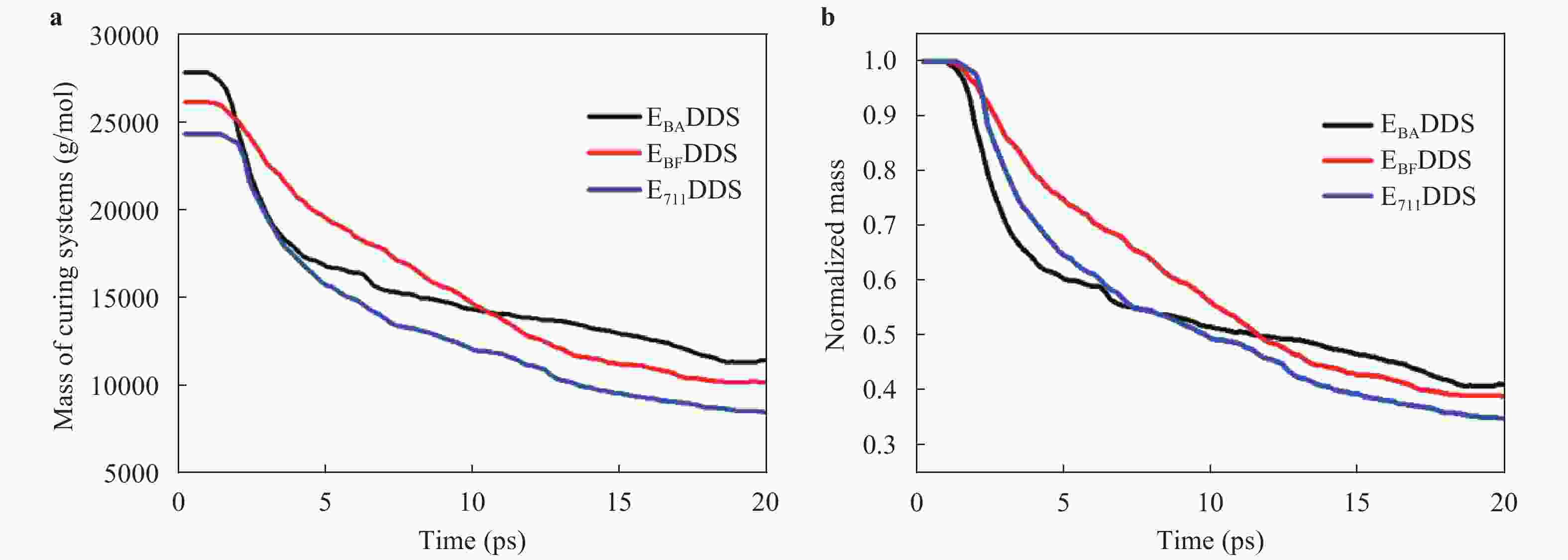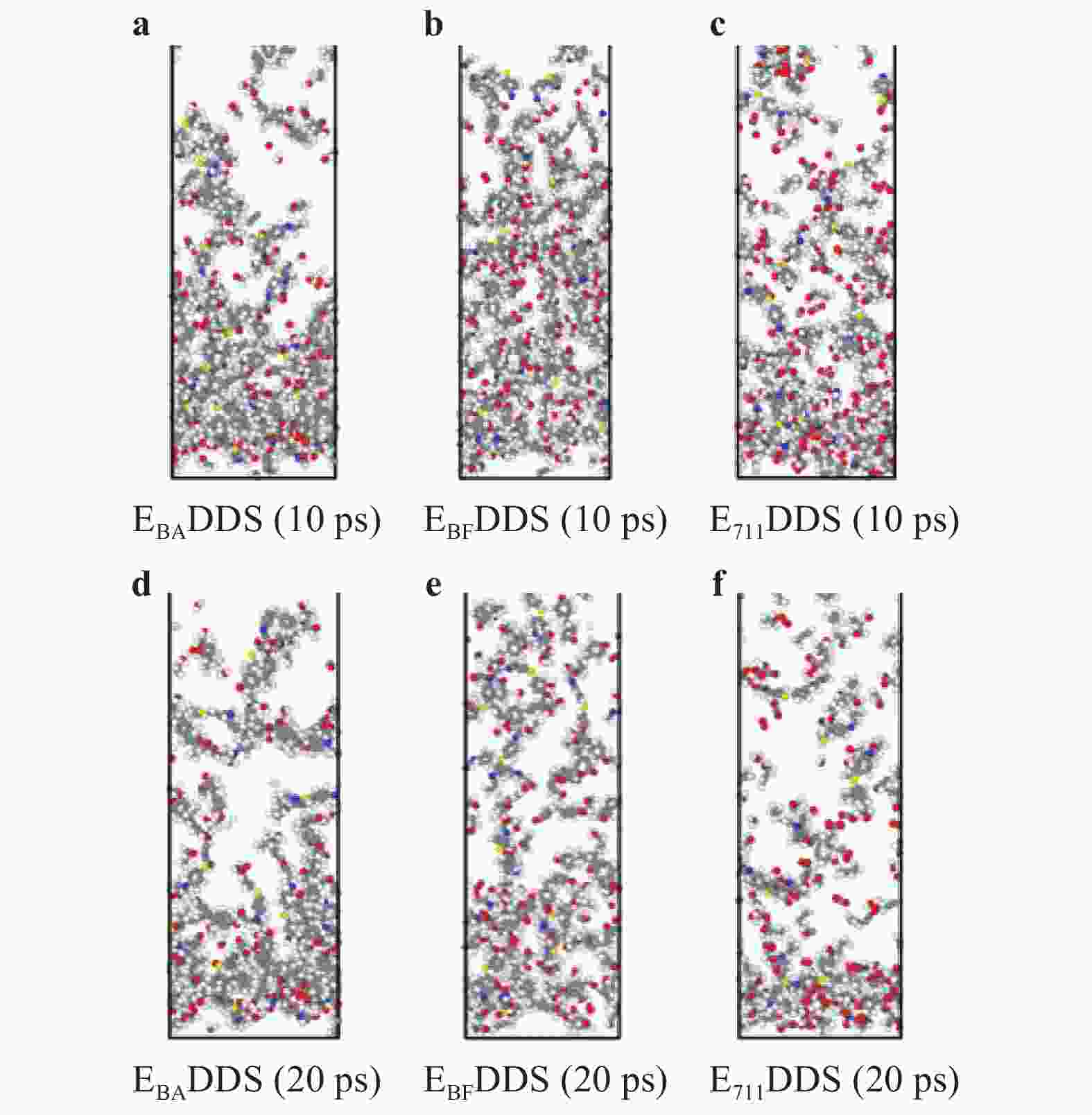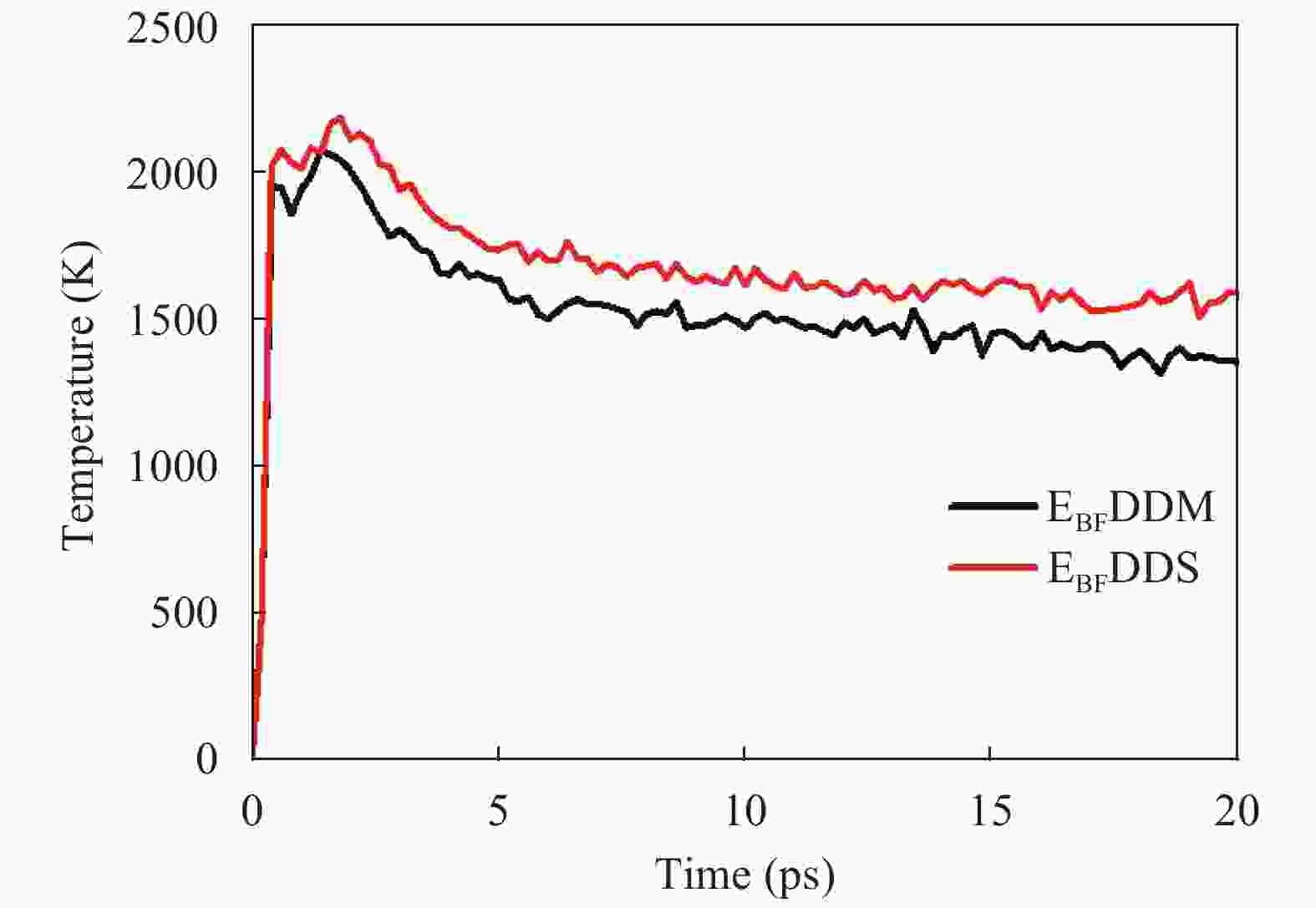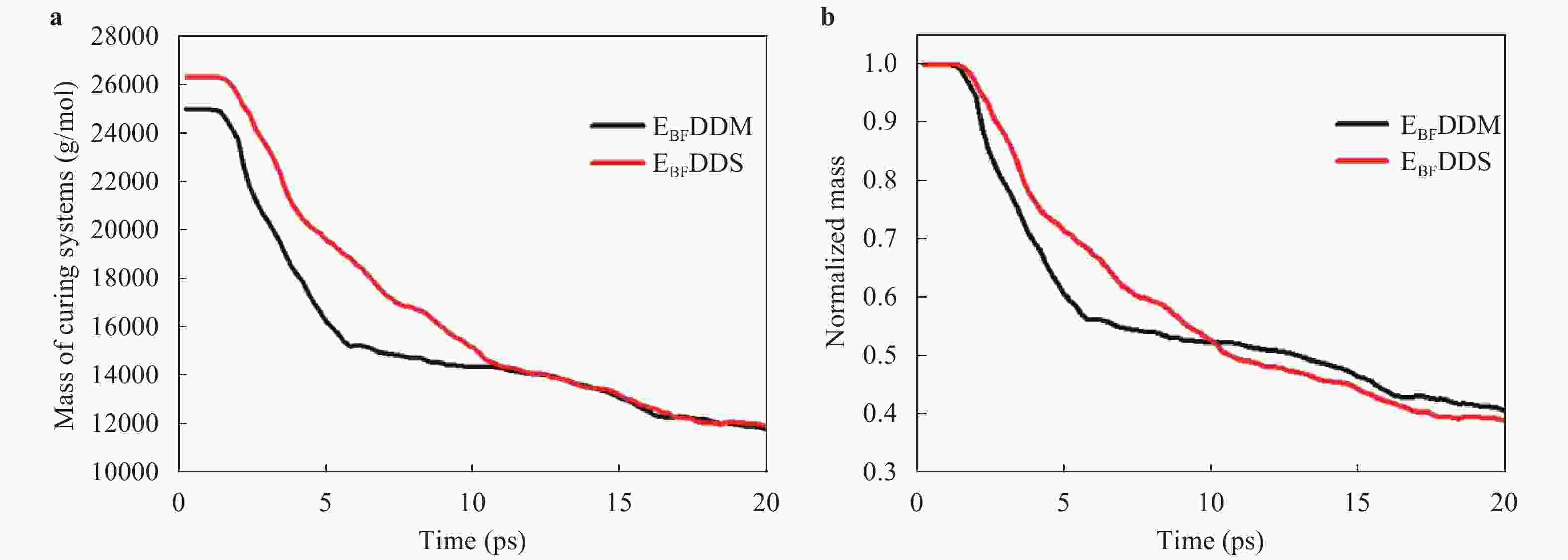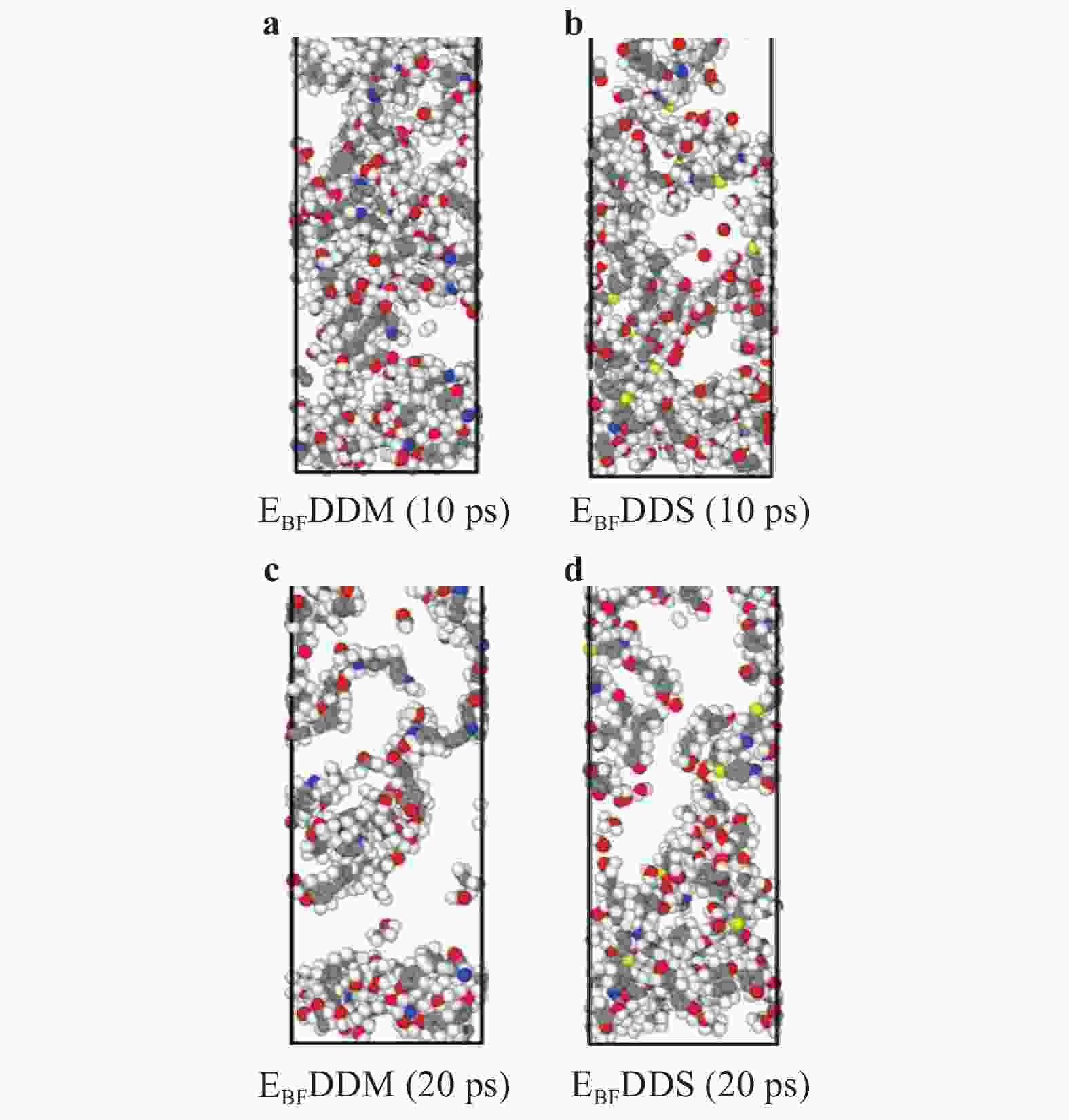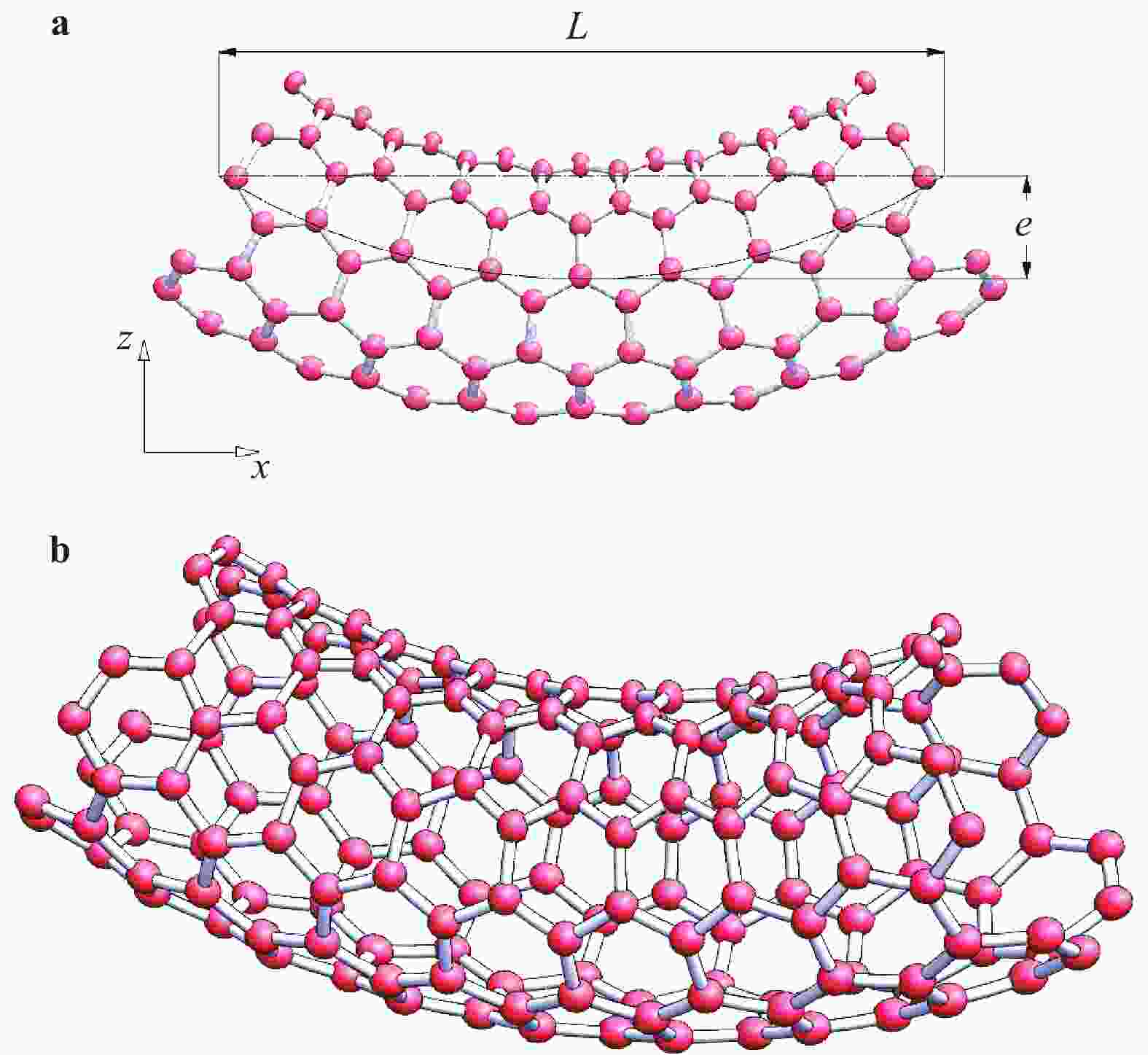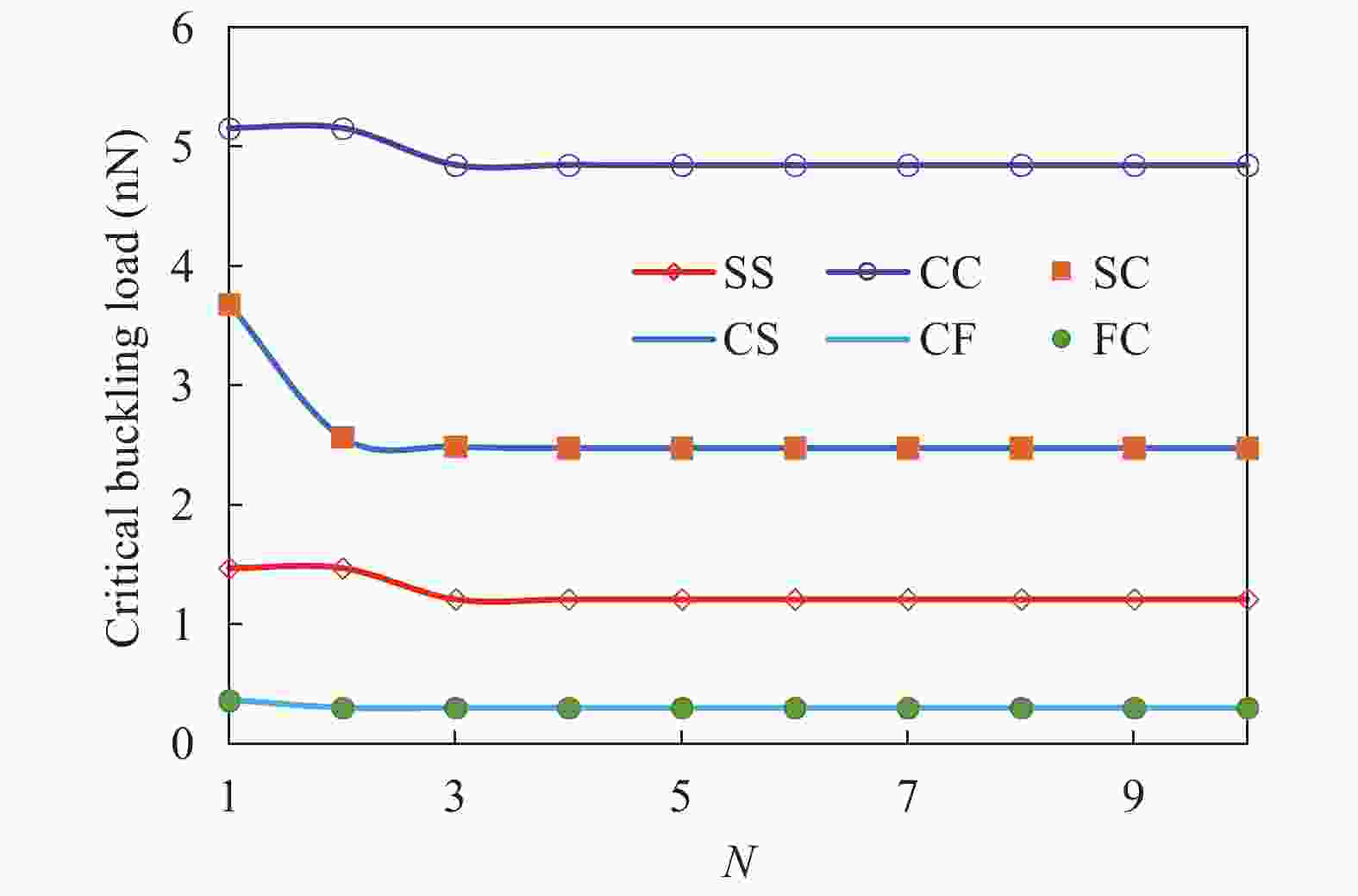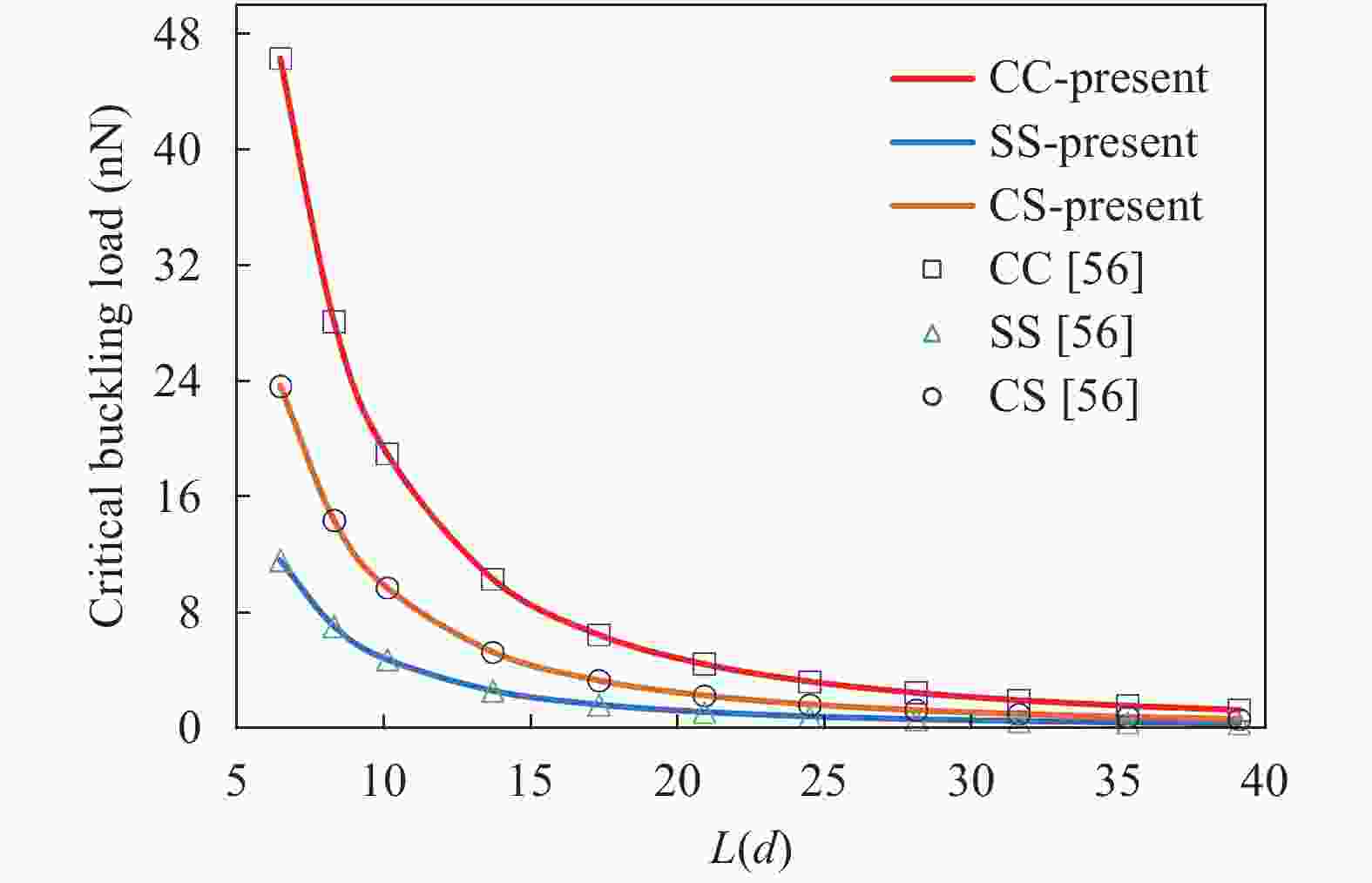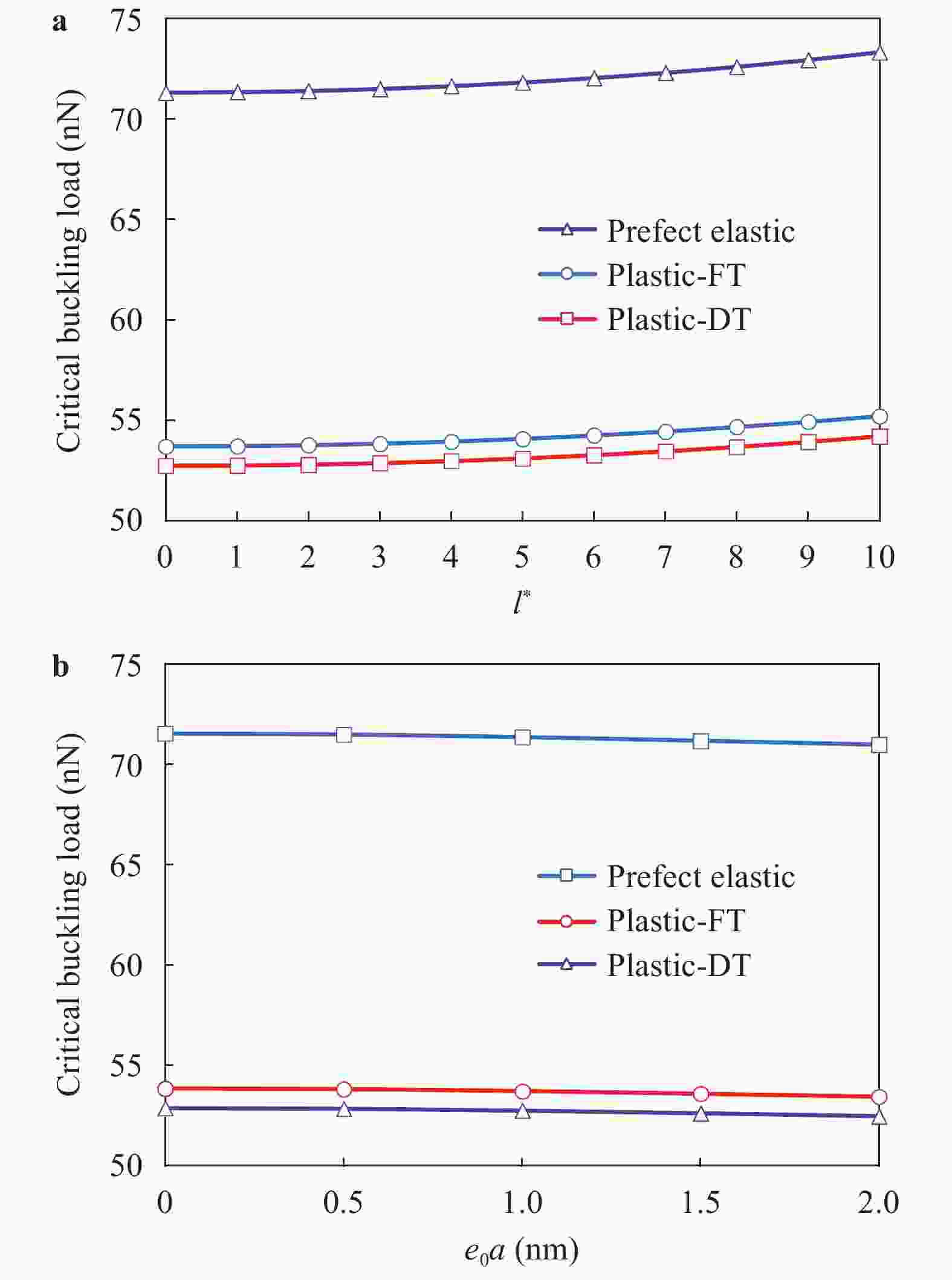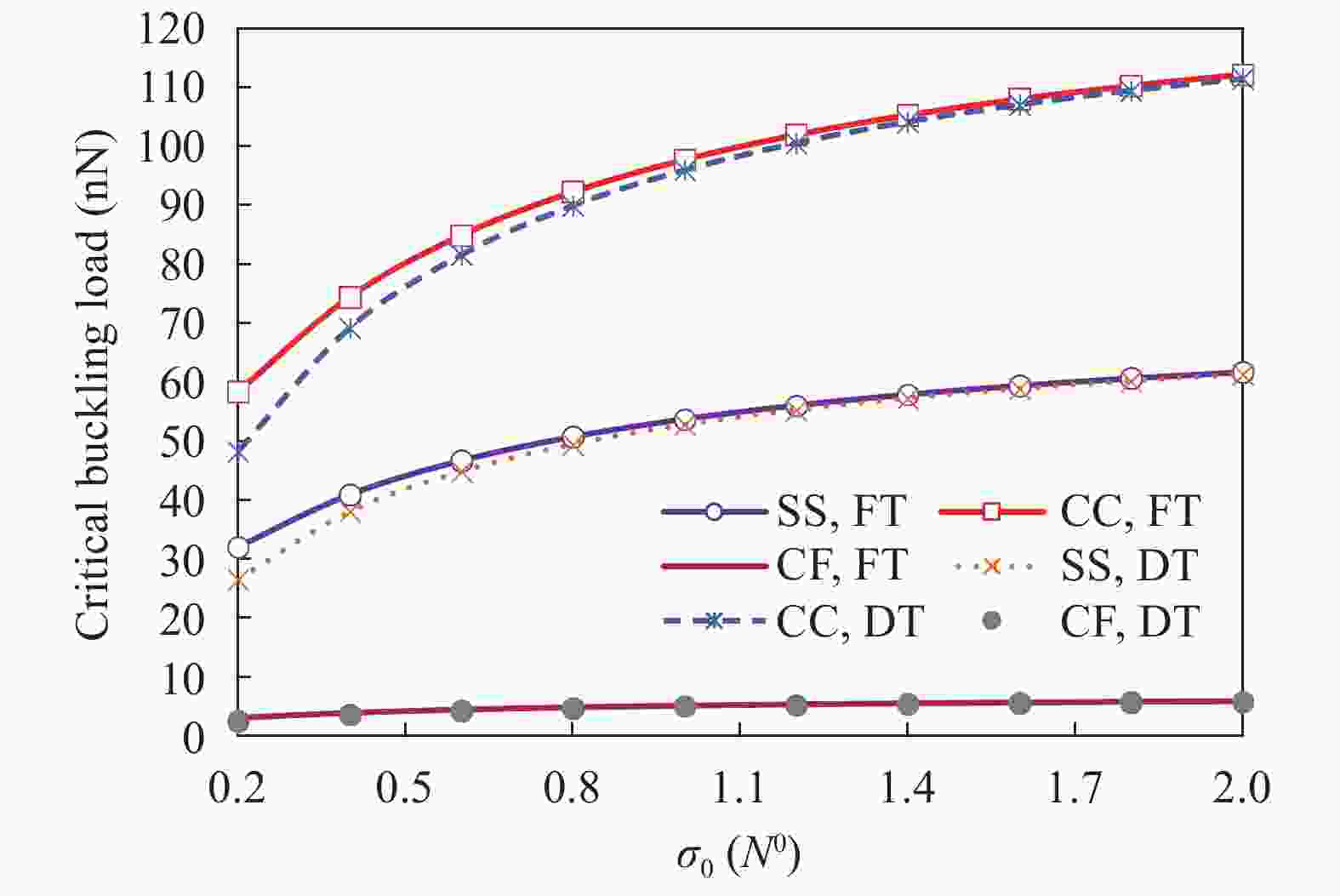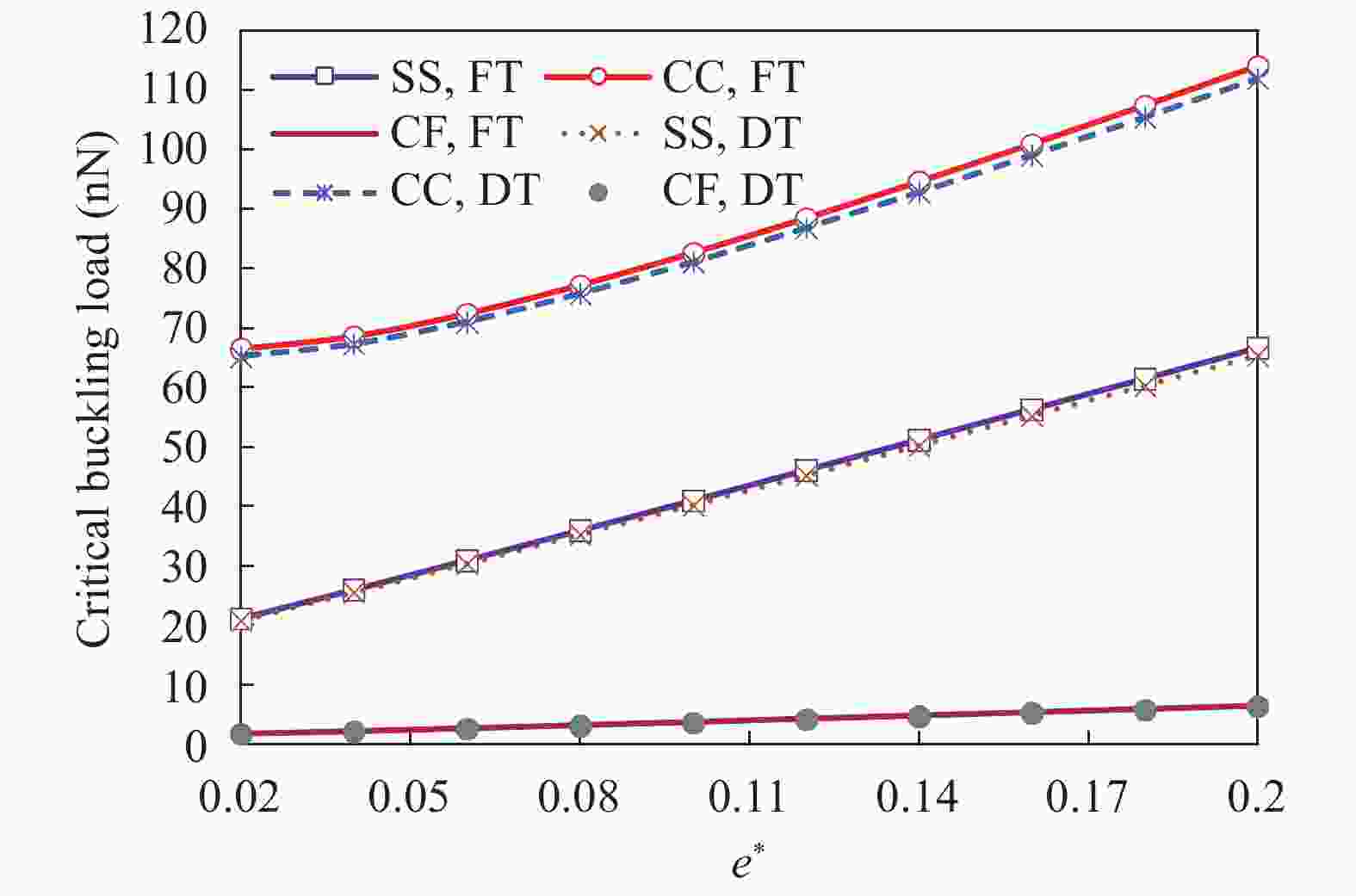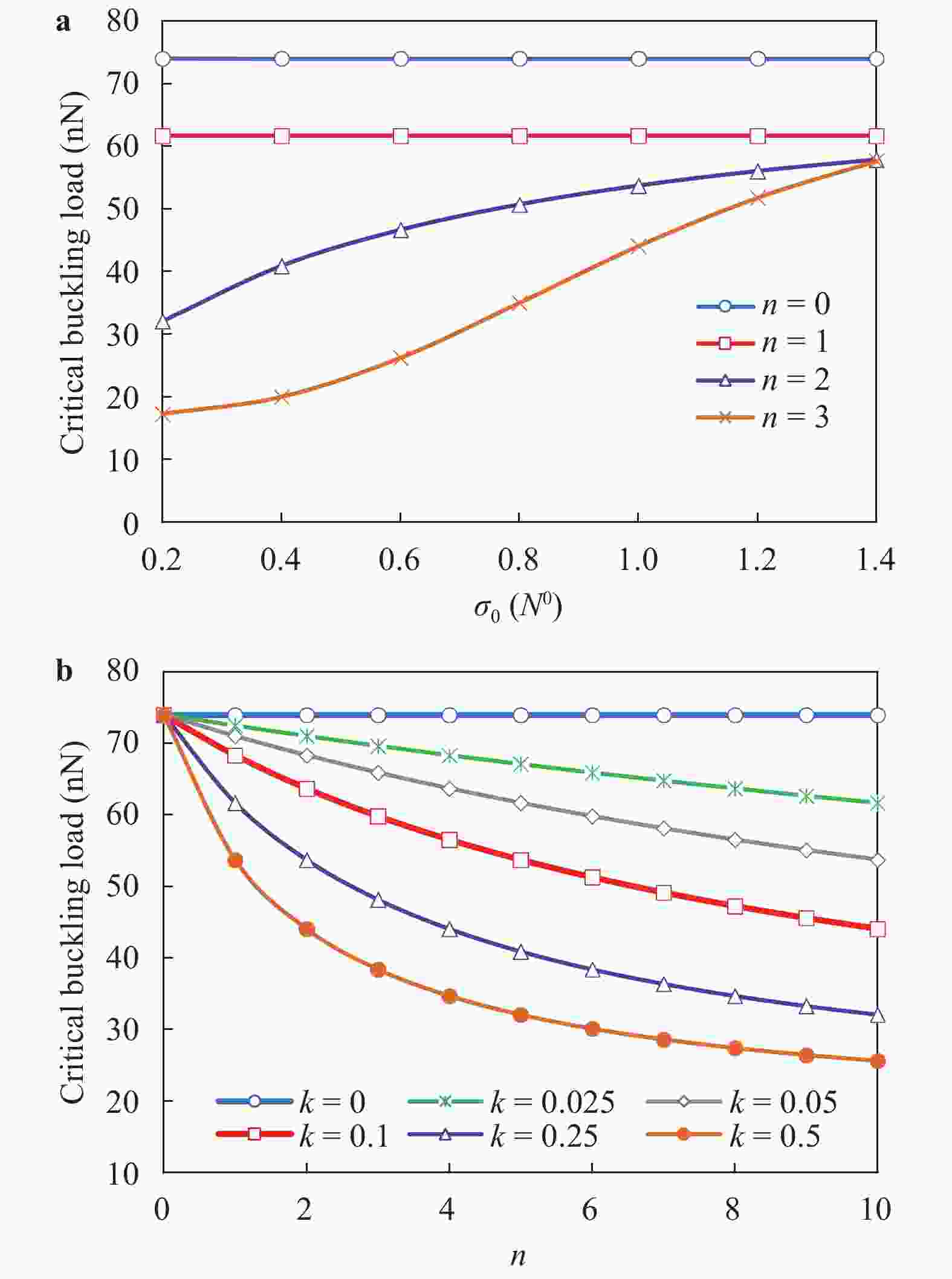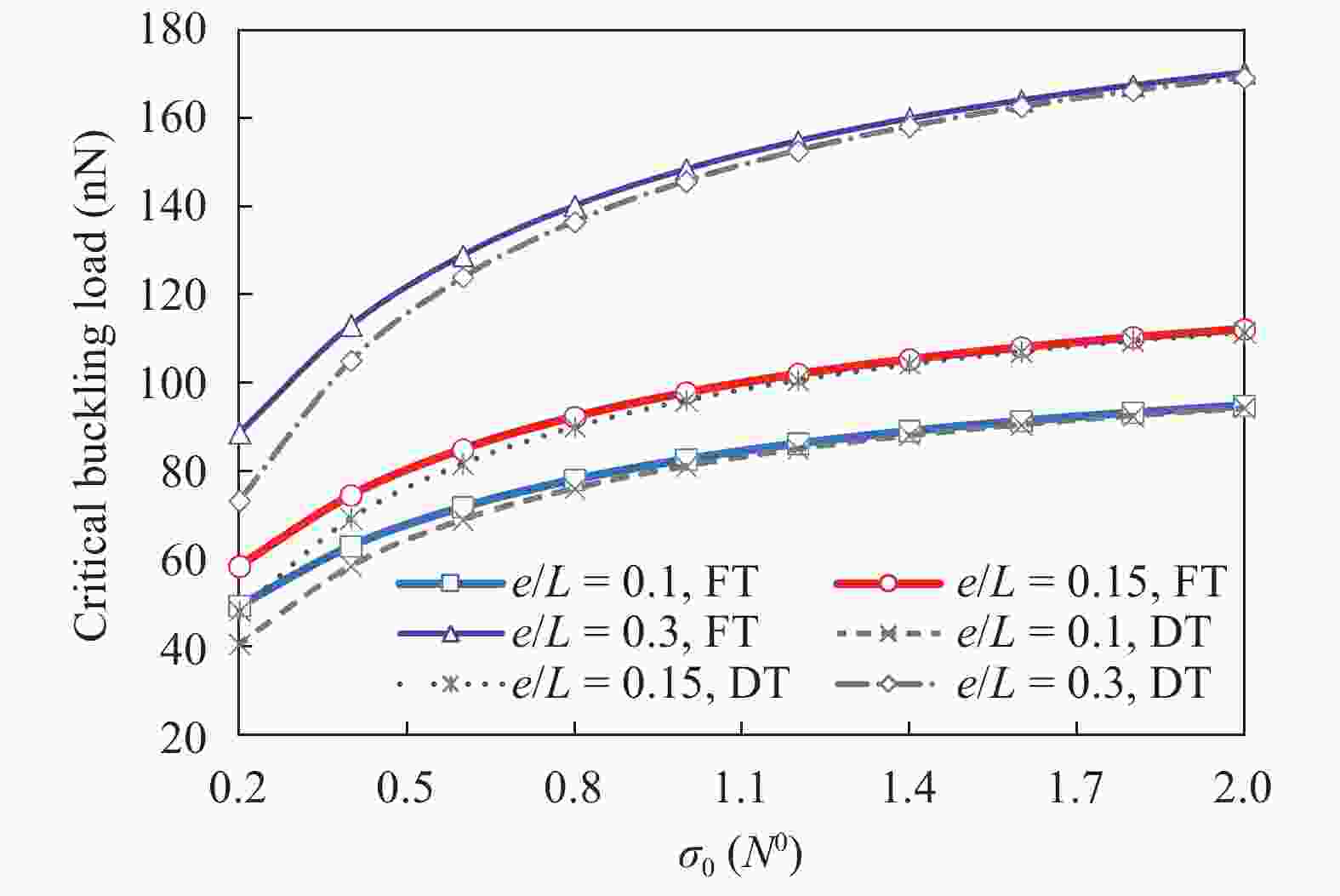Institute of Mechanics,
Chinese Academy of Sciences
2020 Vol.10(1)
Theoretical and Applied Mechanics Letters 2020, 10(1): 1-7.
doi: 10.1016/j.taml.2020.01.014
Abstract:
With the development of cutting-edge sciences and new technologies, we have to consider the size, the density, the hardness, the stiffness and other properties of engineering materials and structures beyond the conventional ranges, as well as their mechanical behavior in extreme environments, such as ultra-conventional temperature, speed, physical and chemical fields, and severe weather, and more effective theories and methods of mechanics are required. This paper first gives the fundamental definition and the scientific connotation of extreme mechanics, then reviews the studies of extreme mechanics from three aspects: the extreme properties, the extreme loads, and the discipline development, as well as major engineering and scientific challenges. The characteristics of extreme mechanics and major challenges in the aspects of mechanical theory, computational methods and experimental techniques are discussed. Prospectivei developments of extreme mechanics are suggested.
With the development of cutting-edge sciences and new technologies, we have to consider the size, the density, the hardness, the stiffness and other properties of engineering materials and structures beyond the conventional ranges, as well as their mechanical behavior in extreme environments, such as ultra-conventional temperature, speed, physical and chemical fields, and severe weather, and more effective theories and methods of mechanics are required. This paper first gives the fundamental definition and the scientific connotation of extreme mechanics, then reviews the studies of extreme mechanics from three aspects: the extreme properties, the extreme loads, and the discipline development, as well as major engineering and scientific challenges. The characteristics of extreme mechanics and major challenges in the aspects of mechanical theory, computational methods and experimental techniques are discussed. Prospectivei developments of extreme mechanics are suggested.
Theoretical and Applied Mechanics Letters 2020, 10(1): 8-15.
doi: 10.1016/j.taml.2019.06.007
Abstract:
There have been many studies on the effect of cochlea basal membrane movement on the resolution of different frequencies and intensities. However, these studies did not take into account the influence of power and energy consumption of the hair cells in the process of the electromotility movement, as well as the neurodynamic mechanism that produced this effect. This makes previous studies unable to fully clarify the function of outer hair cells (OHCs) and the mechanism of sound amplification. To this end, we introduce the gate conductance characteristics of the hair cells in the mechanical process of increasing frequency selectivity. The research finds that the low attenuation of OHCs membrane potential and the high gain in OHC power and energy consumption caused that OHC amplification is driven by electromotility. The research results show that the amplification of the OHCs is driven by low attenuation of membrane potential and high gain of power and energy consumption. This conclusion profoundly reveals the physiological mechanism of the electromotility movement.
There have been many studies on the effect of cochlea basal membrane movement on the resolution of different frequencies and intensities. However, these studies did not take into account the influence of power and energy consumption of the hair cells in the process of the electromotility movement, as well as the neurodynamic mechanism that produced this effect. This makes previous studies unable to fully clarify the function of outer hair cells (OHCs) and the mechanism of sound amplification. To this end, we introduce the gate conductance characteristics of the hair cells in the mechanical process of increasing frequency selectivity. The research finds that the low attenuation of OHCs membrane potential and the high gain in OHC power and energy consumption caused that OHC amplification is driven by electromotility. The research results show that the amplification of the OHCs is driven by low attenuation of membrane potential and high gain of power and energy consumption. This conclusion profoundly reveals the physiological mechanism of the electromotility movement.
Theoretical and Applied Mechanics Letters 2020, 10(1): 57-65.
doi: 10.1016/j.taml.2020.01.009
Abstract:
In this research, the tensile properties' performance of compression moulded discontinuous randomized zalacca fibre/high-density polyethylene under critical fibre length was analysed by means of experimental method and micromechanical models. These investigations were used to verify the tensile properties models toward the effect of fibre length and volume fraction on the composites. The experimental results showed that the tensile properties of composites had significantly increased due to the enhancement of fibre length. On the contrary, a decline in the tensile properties was observed with the increase of volume fraction. A comparison was made between the available experimental results and the performances of Tsai-Pagano, Christensen and Cox-Krechel models in their prediction of composites elastic modulus. The results showed that the consideration of fibre's elastic anisotropy in the Cox-Krenchel model had yielded a good prediction of the composites modulus, nevertheless the models could not accurately predict the composites modulus for fibre length study.
In this research, the tensile properties' performance of compression moulded discontinuous randomized zalacca fibre/high-density polyethylene under critical fibre length was analysed by means of experimental method and micromechanical models. These investigations were used to verify the tensile properties models toward the effect of fibre length and volume fraction on the composites. The experimental results showed that the tensile properties of composites had significantly increased due to the enhancement of fibre length. On the contrary, a decline in the tensile properties was observed with the increase of volume fraction. A comparison was made between the available experimental results and the performances of Tsai-Pagano, Christensen and Cox-Krechel models in their prediction of composites elastic modulus. The results showed that the consideration of fibre's elastic anisotropy in the Cox-Krenchel model had yielded a good prediction of the composites modulus, nevertheless the models could not accurately predict the composites modulus for fibre length study.
Theoretical and Applied Mechanics Letters 2020, 10(1): 16-22.
doi: 10.1016/j.taml.2020.01.003
Abstract:
In the area of naval architecture and ocean engineering, the research about the underwater explosion problem is of great significance. To achieve prolonged simulation of near-free surface underwater explosion, the underwater explosion transient numerical model is established in this paper based on compressible Eulerian finite element method (EFEM). Compared with Geers–Hunter formula, EFEM is availably validated by simulating the free-field underwater explosion case. Then, the bubble pulsation and flow field dynamic characteristics of the cases with different underwater explosive depth are compared in this work. Lastly, the height of the water hump and the pressure of flow flied are analyzed quantitatively through the simulation results.
In the area of naval architecture and ocean engineering, the research about the underwater explosion problem is of great significance. To achieve prolonged simulation of near-free surface underwater explosion, the underwater explosion transient numerical model is established in this paper based on compressible Eulerian finite element method (EFEM). Compared with Geers–Hunter formula, EFEM is availably validated by simulating the free-field underwater explosion case. Then, the bubble pulsation and flow field dynamic characteristics of the cases with different underwater explosive depth are compared in this work. Lastly, the height of the water hump and the pressure of flow flied are analyzed quantitatively through the simulation results.
Theoretical and Applied Mechanics Letters 2020, 10(1): 23-26.
doi: 10.1016/j.taml.2020.01.001
Abstract:
Piezoresponse force microscopy (PFM) has emerged as one of the most powerful techniques to probe ferroelectric materials at the nanoscale, yet it has been increasingly recognized that piezoresponse measured by PFM is often influenced by electrostatic interactions. In this letter, we report a capacitive excitation PFM (ce-PFM) to minimize the electrostatic interactions. The effectiveness of ce-PFM in minimizing electrostatic interactions is demonstrated by comparing the piezoresponse and the effective piezoelectric coefficient measured by ce-PFM and conventional PFM. The effectiveness is further confirmed through the ferroelectric domain pattern imaged via ce-PFM and conventional PFM in vertical modes, with the corresponding domain contrast obtained by ce-PFM is sharper than conventional PFM. These results demonstrate ce-PFM as an effective tool to minimize the interference from electrostatic interactions and to image ferroelectric domain pattern, and it can be easily implemented in conventional atomic force microscope (AFM) setup to probe true piezoelectricity at the nanoscale.
Piezoresponse force microscopy (PFM) has emerged as one of the most powerful techniques to probe ferroelectric materials at the nanoscale, yet it has been increasingly recognized that piezoresponse measured by PFM is often influenced by electrostatic interactions. In this letter, we report a capacitive excitation PFM (ce-PFM) to minimize the electrostatic interactions. The effectiveness of ce-PFM in minimizing electrostatic interactions is demonstrated by comparing the piezoresponse and the effective piezoelectric coefficient measured by ce-PFM and conventional PFM. The effectiveness is further confirmed through the ferroelectric domain pattern imaged via ce-PFM and conventional PFM in vertical modes, with the corresponding domain contrast obtained by ce-PFM is sharper than conventional PFM. These results demonstrate ce-PFM as an effective tool to minimize the interference from electrostatic interactions and to image ferroelectric domain pattern, and it can be easily implemented in conventional atomic force microscope (AFM) setup to probe true piezoelectricity at the nanoscale.
Theoretical and Applied Mechanics Letters 2020, 10(1): 27-32.
doi: 10.1016/j.taml.2020.01.006
Abstract:
The subgrid-scale (SGS) stress and SGS heat flux are modeled by using an artificial neural network (ANN) for large eddy simulation (LES) of compressible turbulence. The input features of ANN model are based on the first-order and second-order derivatives of filtered velocity and temperature at different spatial locations. The proposed spatial artificial neural network (SANN) model gives much larger correlation coefficients and much smaller relative errors than the gradient model in an a priori analysis. In an a posteriori analysis, the SANN model performs better than the dynamic mixed model (DMM) in the prediction of spectra and statistical properties of velocity and temperature, and the instantaneous flow structures.
The subgrid-scale (SGS) stress and SGS heat flux are modeled by using an artificial neural network (ANN) for large eddy simulation (LES) of compressible turbulence. The input features of ANN model are based on the first-order and second-order derivatives of filtered velocity and temperature at different spatial locations. The proposed spatial artificial neural network (SANN) model gives much larger correlation coefficients and much smaller relative errors than the gradient model in an a priori analysis. In an a posteriori analysis, the SANN model performs better than the dynamic mixed model (DMM) in the prediction of spectra and statistical properties of velocity and temperature, and the instantaneous flow structures.
Theoretical and Applied Mechanics Letters 2020, 10(1): 33-37.
doi: 10.1016/j.taml.2020.01.005
Abstract:
A mass diffusion model is developed to describe the growth kinetics of Cu6Sn5 intermetallic compounds (IMC) in the Cu-Sn-Cu sandwich structure. The proposed model is based on the local interfacial mass conversation law where interfacial Cu/Sn reactions and atomic diffusion are considered. Theoretical analysis shows that the IMC thickness growth is proportional to the square root of the product of the diffusion coefficient and time. The proposed model can explain the polarity effect of electromigration on kinetics of IMC growth where all the parameters have clear physical meaning. The theoretical predictions are compared with experimental results and show reasonable accuracy.
A mass diffusion model is developed to describe the growth kinetics of Cu6Sn5 intermetallic compounds (IMC) in the Cu-Sn-Cu sandwich structure. The proposed model is based on the local interfacial mass conversation law where interfacial Cu/Sn reactions and atomic diffusion are considered. Theoretical analysis shows that the IMC thickness growth is proportional to the square root of the product of the diffusion coefficient and time. The proposed model can explain the polarity effect of electromigration on kinetics of IMC growth where all the parameters have clear physical meaning. The theoretical predictions are compared with experimental results and show reasonable accuracy.
Theoretical and Applied Mechanics Letters 2020, 10(1): 38-45.
doi: 10.1016/j.taml.2019.06.010
Abstract:
Conventional fiber reinforced plastics (FRPs) have compatibility issues with solid oxygen while used as a fuel tank, which might cause combustion and explosion. To study the compatibility of different epoxy resins with liquid oxygen, molecular dynamics was used to simulate the phase changes of cross-linked epoxy resins under the impact of solid oxygen. Three curing resin systems, which are bisphenol A epoxy resin (DGEBA), bisphenol F epoxy resin (DGEBF), and tetrahydrophthalate diglycidyl ester (epoxy resin 711), are modeled to investigate the rational material system for the application of fuel tanks in launching vehicles. The simulation results show that the order of solid oxygen compatibility of these epoxy resins is DGEBA > DGEBF > epoxy resin 711 at the same density of crosslinking. The selection of curing agent also has an impact on the compatibility, with the same epoxy, diaminodiphenyl methane (DDM) has more advanced performance comparing to diaminodiphenyl sulfone (DDS).
Conventional fiber reinforced plastics (FRPs) have compatibility issues with solid oxygen while used as a fuel tank, which might cause combustion and explosion. To study the compatibility of different epoxy resins with liquid oxygen, molecular dynamics was used to simulate the phase changes of cross-linked epoxy resins under the impact of solid oxygen. Three curing resin systems, which are bisphenol A epoxy resin (DGEBA), bisphenol F epoxy resin (DGEBF), and tetrahydrophthalate diglycidyl ester (epoxy resin 711), are modeled to investigate the rational material system for the application of fuel tanks in launching vehicles. The simulation results show that the order of solid oxygen compatibility of these epoxy resins is DGEBA > DGEBF > epoxy resin 711 at the same density of crosslinking. The selection of curing agent also has an impact on the compatibility, with the same epoxy, diaminodiphenyl methane (DDM) has more advanced performance comparing to diaminodiphenyl sulfone (DDS).
Theoretical and Applied Mechanics Letters 2020, 10(1): 46-56.
doi: 10.1016/j.taml.2020.01.004
Abstract:
This research, for the first time, predicts theoretically static stability response of a curved carbon nanotube (CCNT) under an elastoplastic behavior with several boundary conditions. The CCNT is exposed to axial compressive loads. The equilibrium equations are extracted regarding the Euler–Bernoulli displacement field by means of the principle of minimizing total potential energy. The elastoplastic stress-strain is concerned with Ramberg–Osgood law on the basis of deformation and flow theories of plasticity. To seize the nano-mechanical behavior of the CCNT, the nonlocal strain gradient elasticity theory is taken into account. The obtained differential equations are solved using the Rayleigh–Ritz method based on a new admissible shape function which is able to analyze stability problems. To authorize the solution, some comparisons are illustrated which show a very good agreement with the published works. Conclusively, the best findings confirm that a plastic analysis is crucial in predicting the mechanical strength of CCNTs.
This research, for the first time, predicts theoretically static stability response of a curved carbon nanotube (CCNT) under an elastoplastic behavior with several boundary conditions. The CCNT is exposed to axial compressive loads. The equilibrium equations are extracted regarding the Euler–Bernoulli displacement field by means of the principle of minimizing total potential energy. The elastoplastic stress-strain is concerned with Ramberg–Osgood law on the basis of deformation and flow theories of plasticity. To seize the nano-mechanical behavior of the CCNT, the nonlocal strain gradient elasticity theory is taken into account. The obtained differential equations are solved using the Rayleigh–Ritz method based on a new admissible shape function which is able to analyze stability problems. To authorize the solution, some comparisons are illustrated which show a very good agreement with the published works. Conclusively, the best findings confirm that a plastic analysis is crucial in predicting the mechanical strength of CCNTs.
 Submit a Paper
Submit a Paper
 Subscription
Subscription
News
MORE+
Call for Papers
MORE+
- Crossing-Mechanics Driven by Big Data
- Machine learning in the fluid mechanics research of wind energy
- Mechanics of Origami/Kirigami structures and metamaterials
- New insights and perspectives on impact biomechanics for human tissues: from injury prevention, protection to protective equipment
- Environmental Mechanics for Extreme Natural Events



